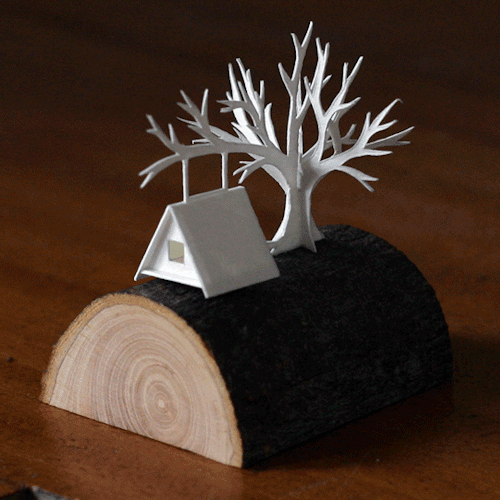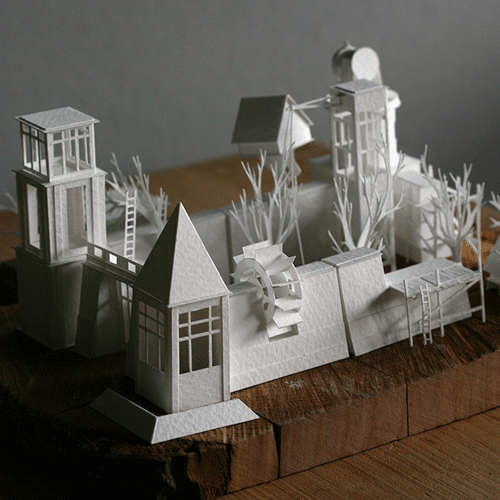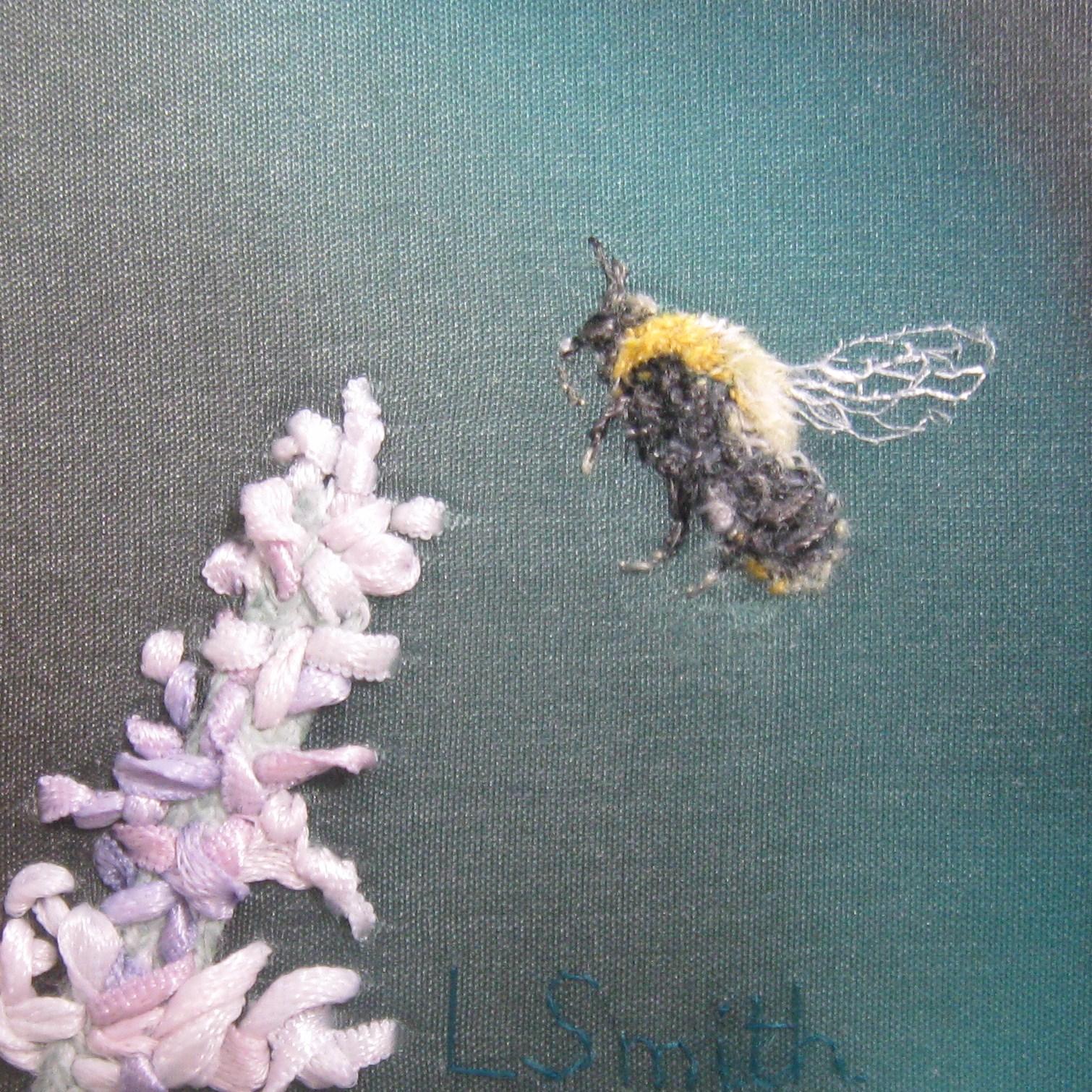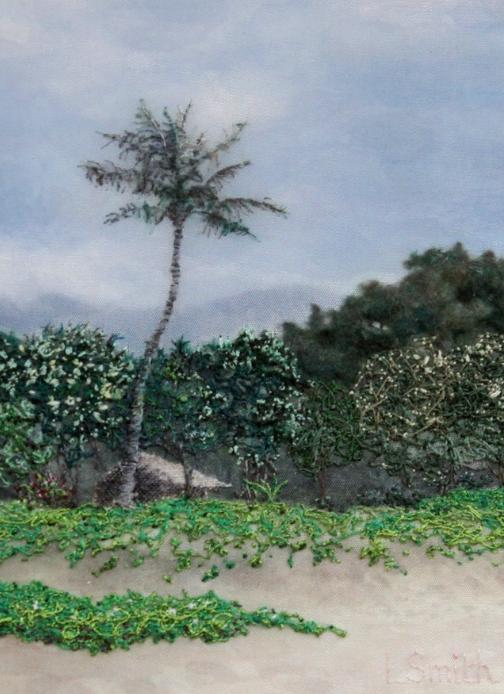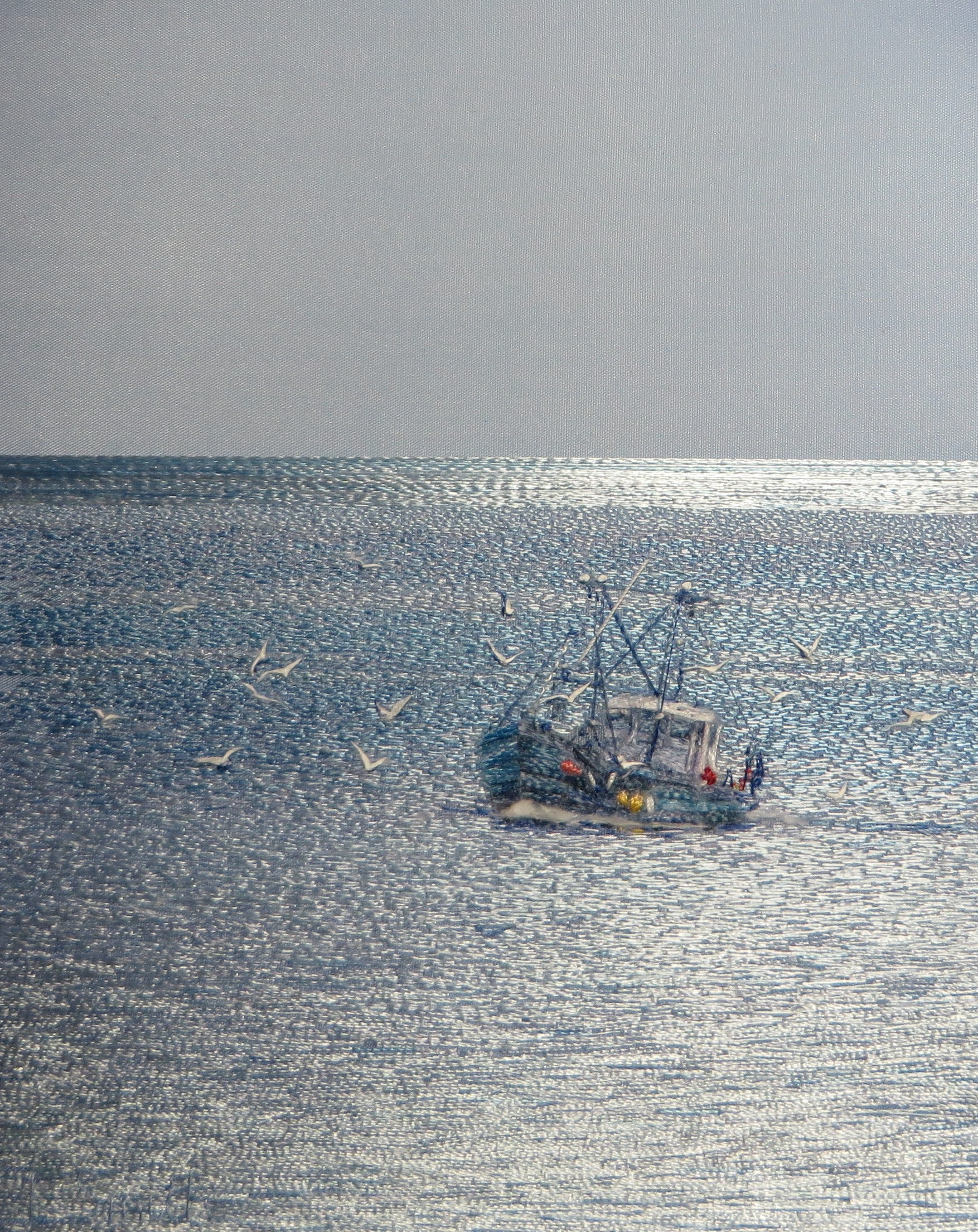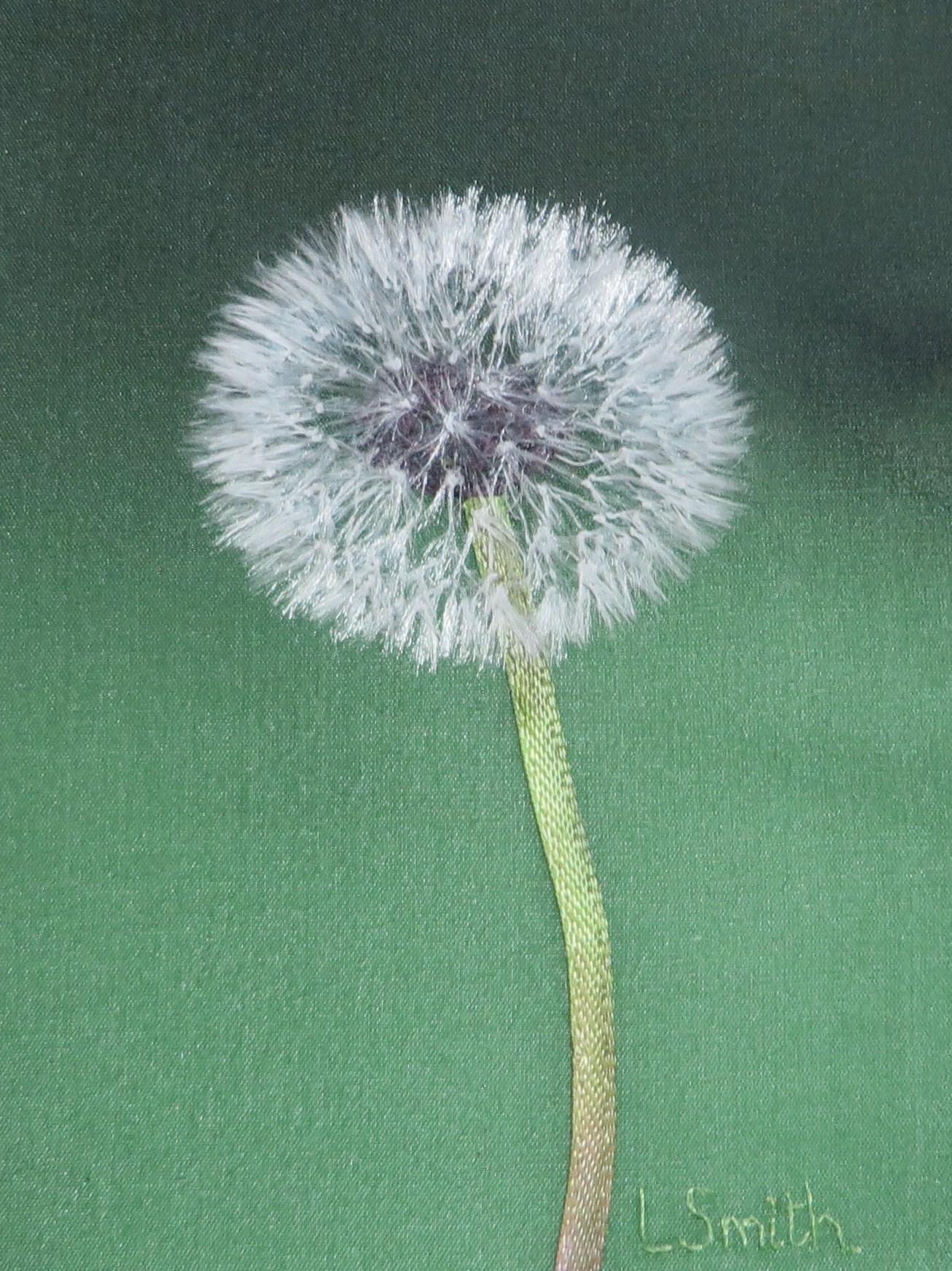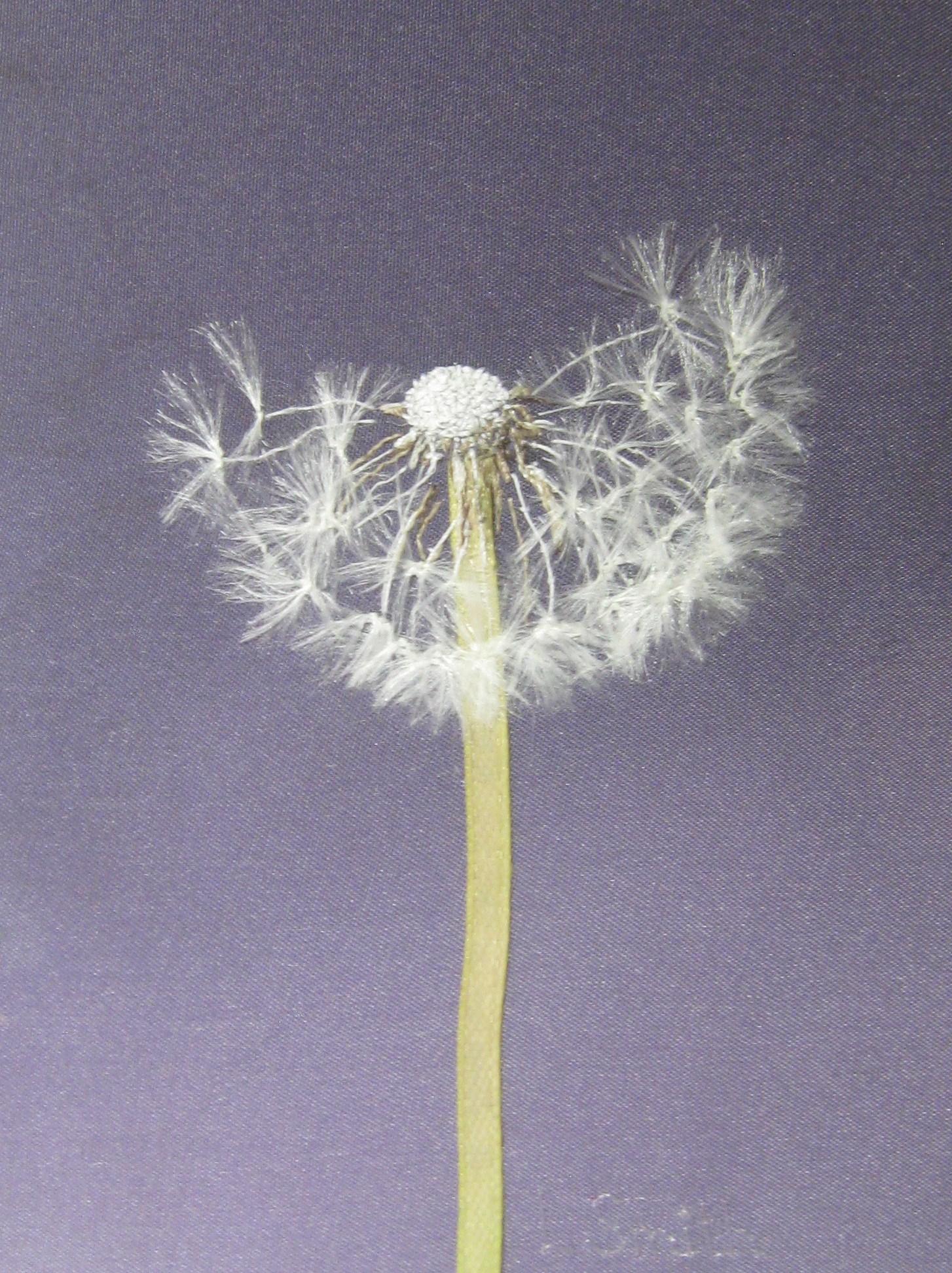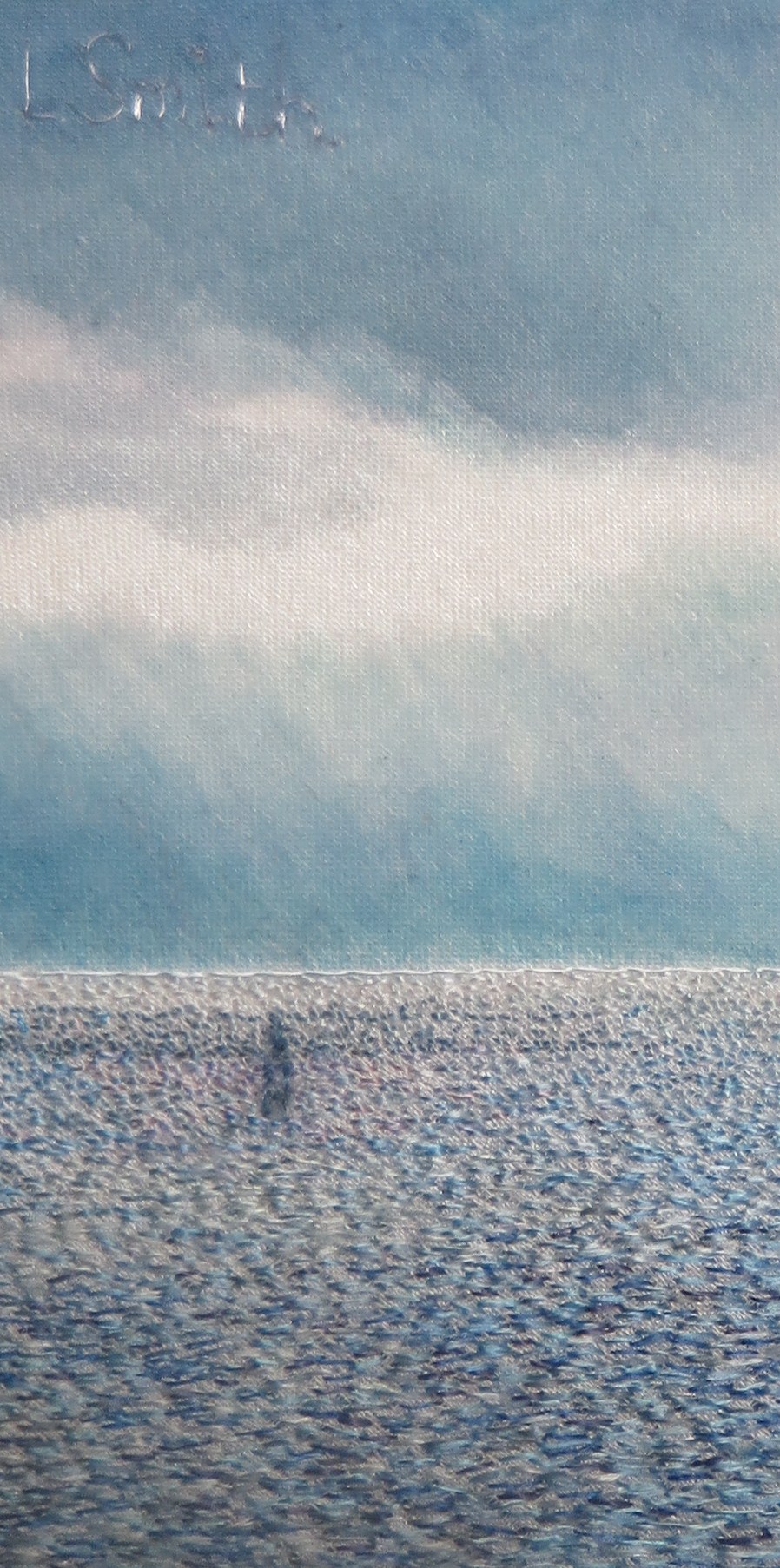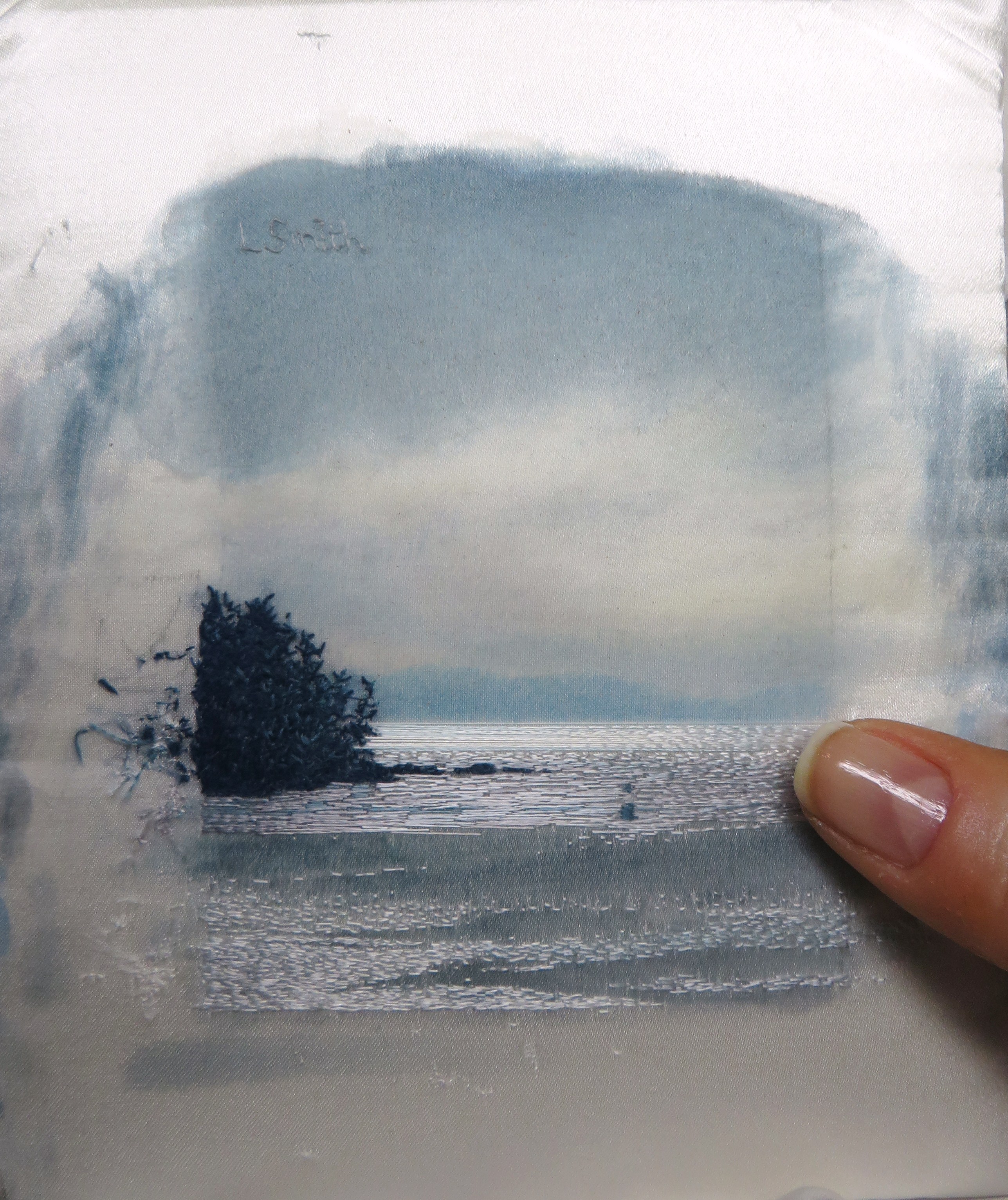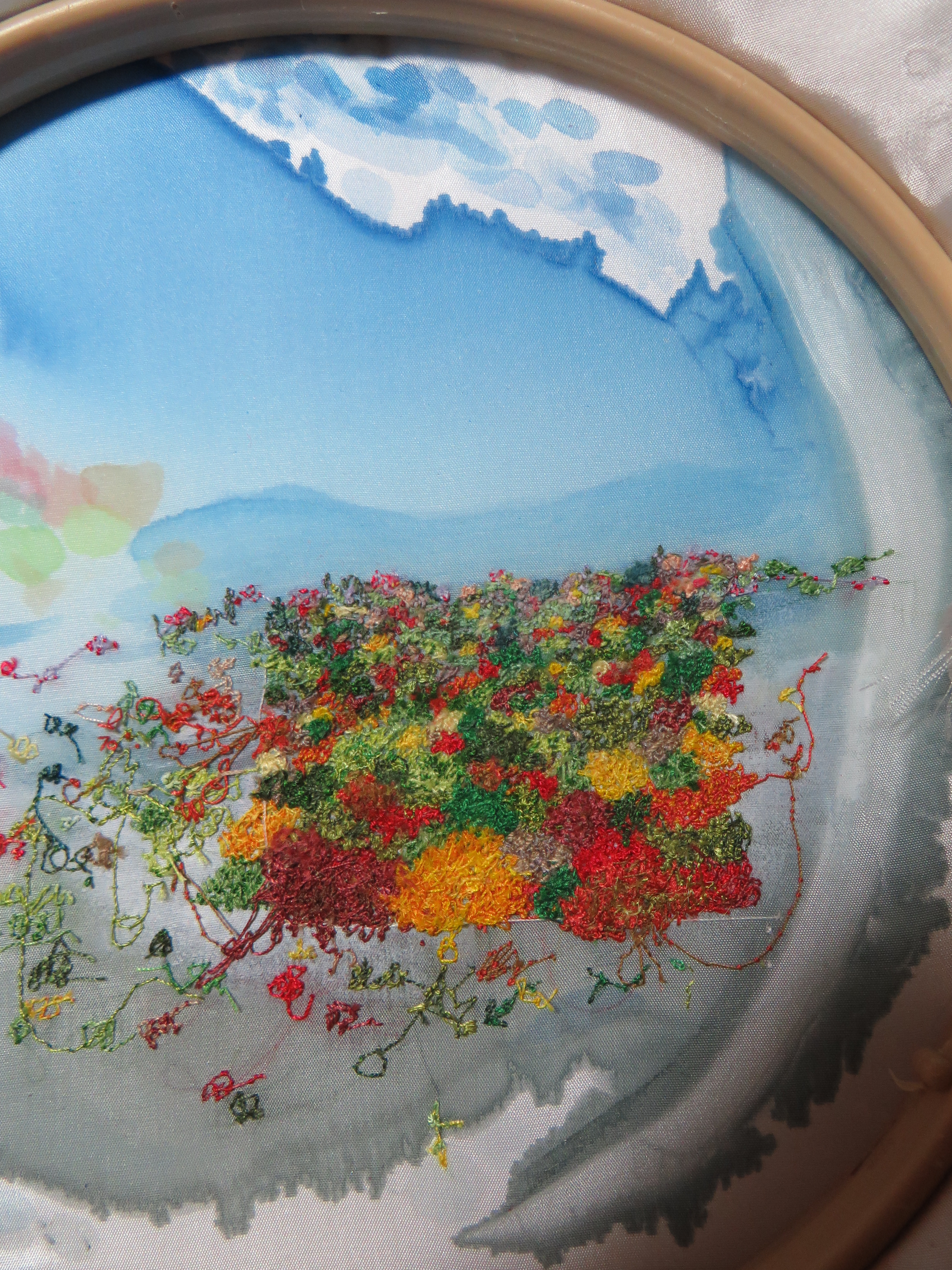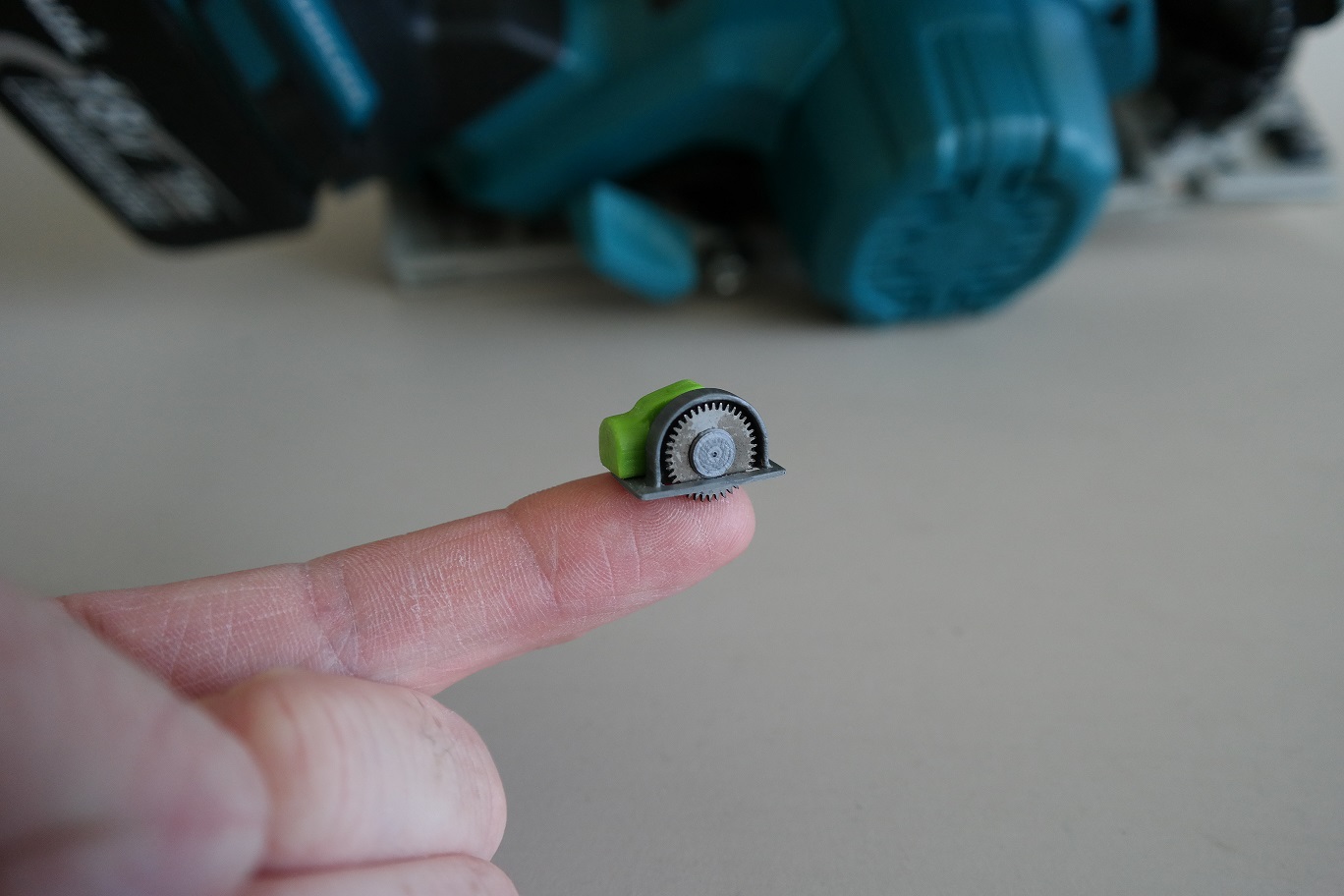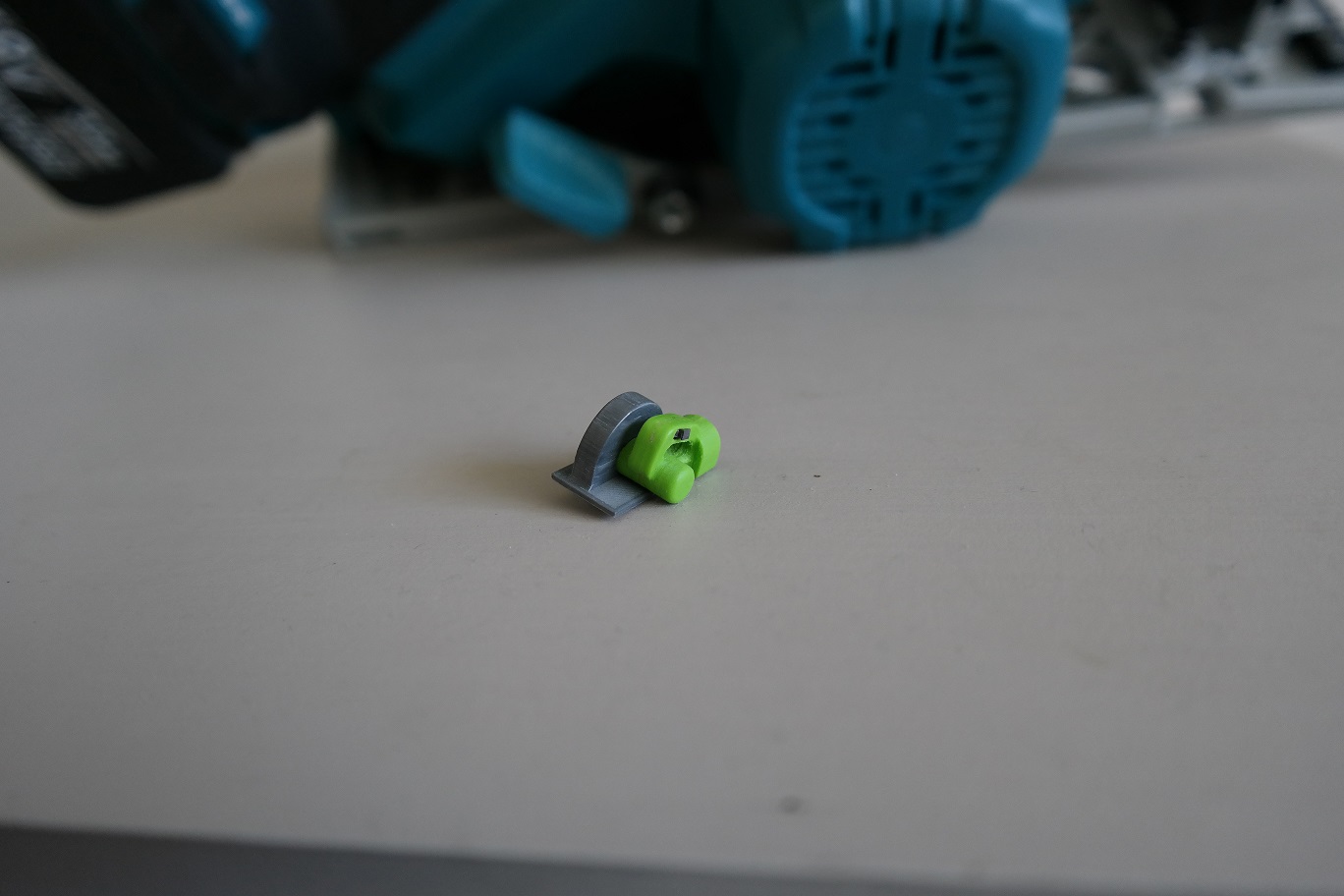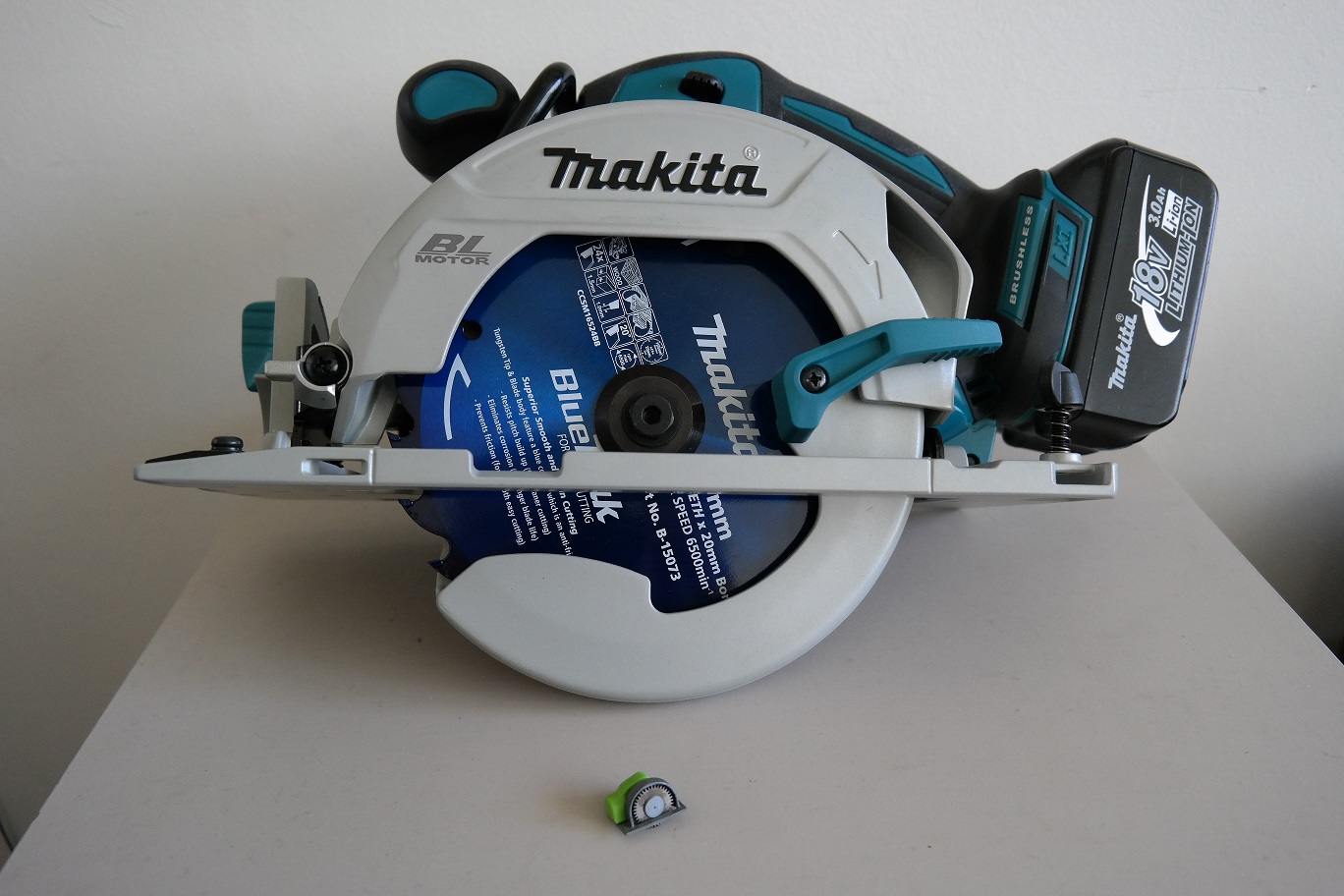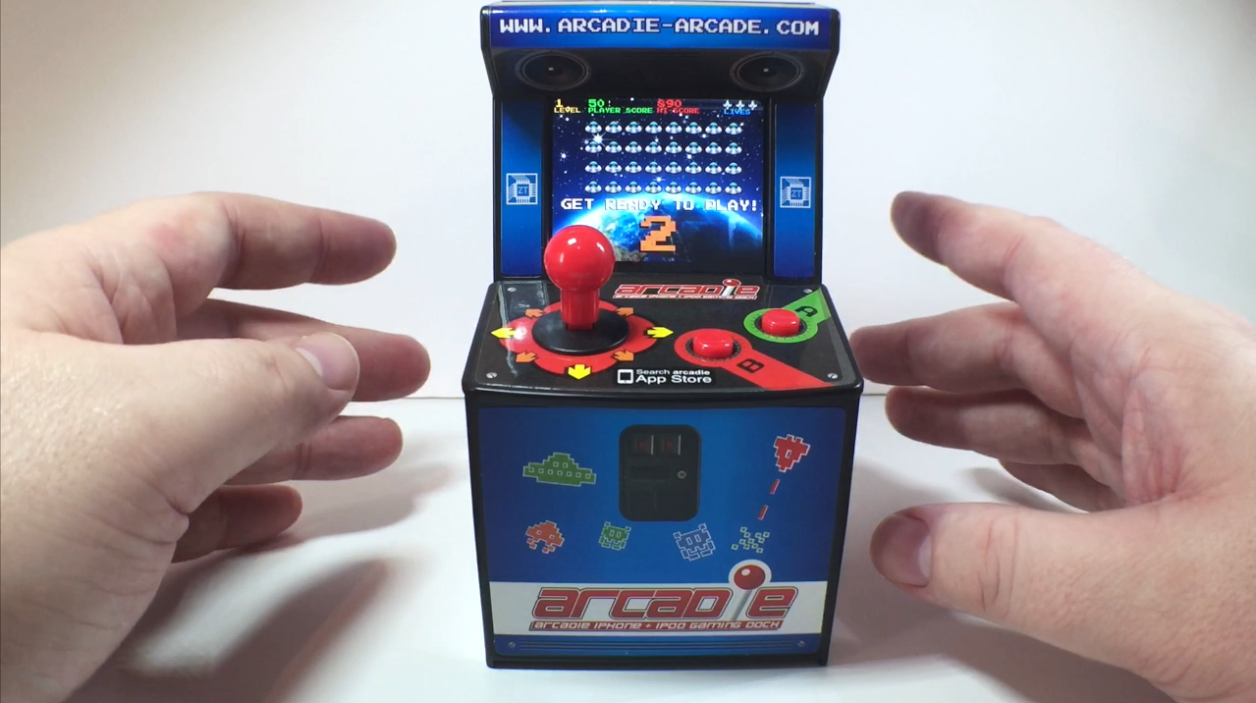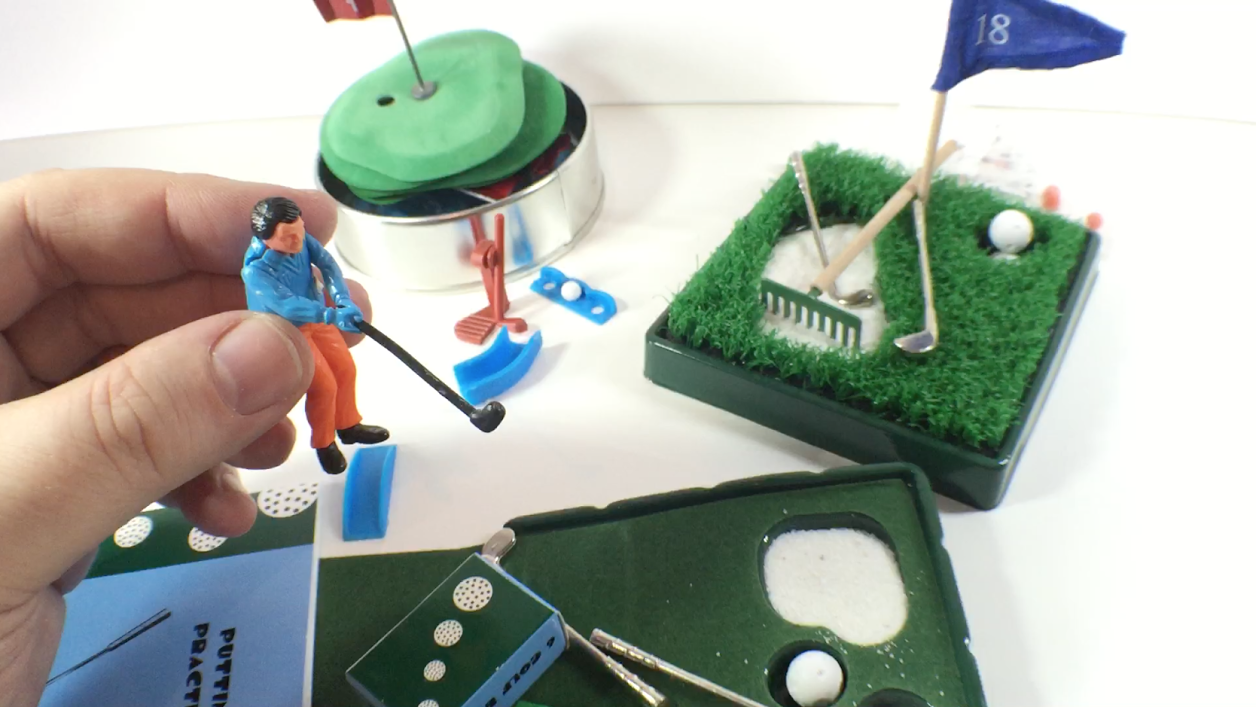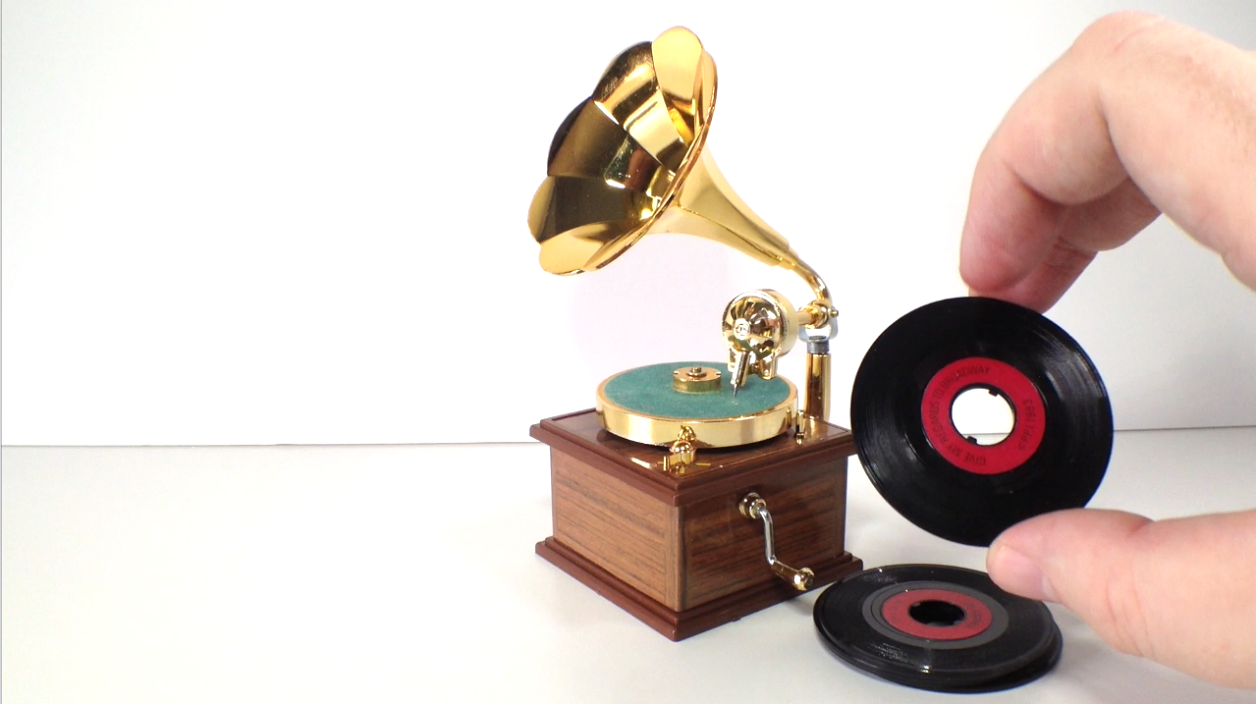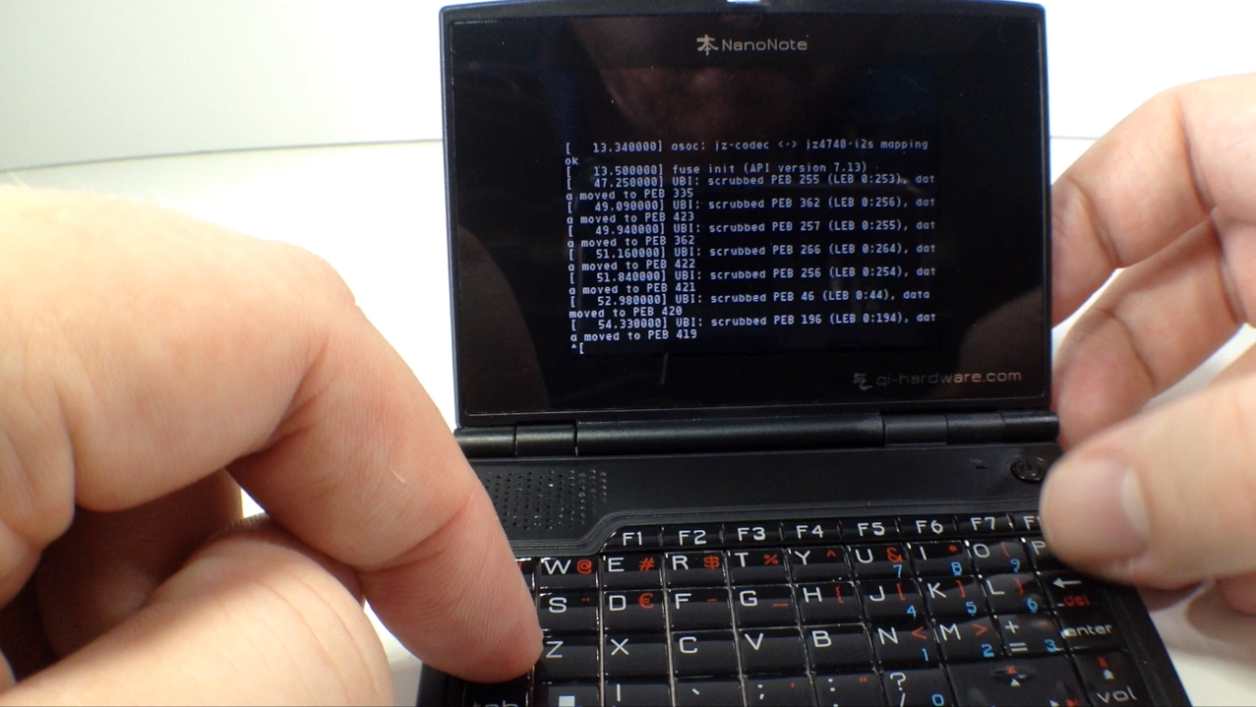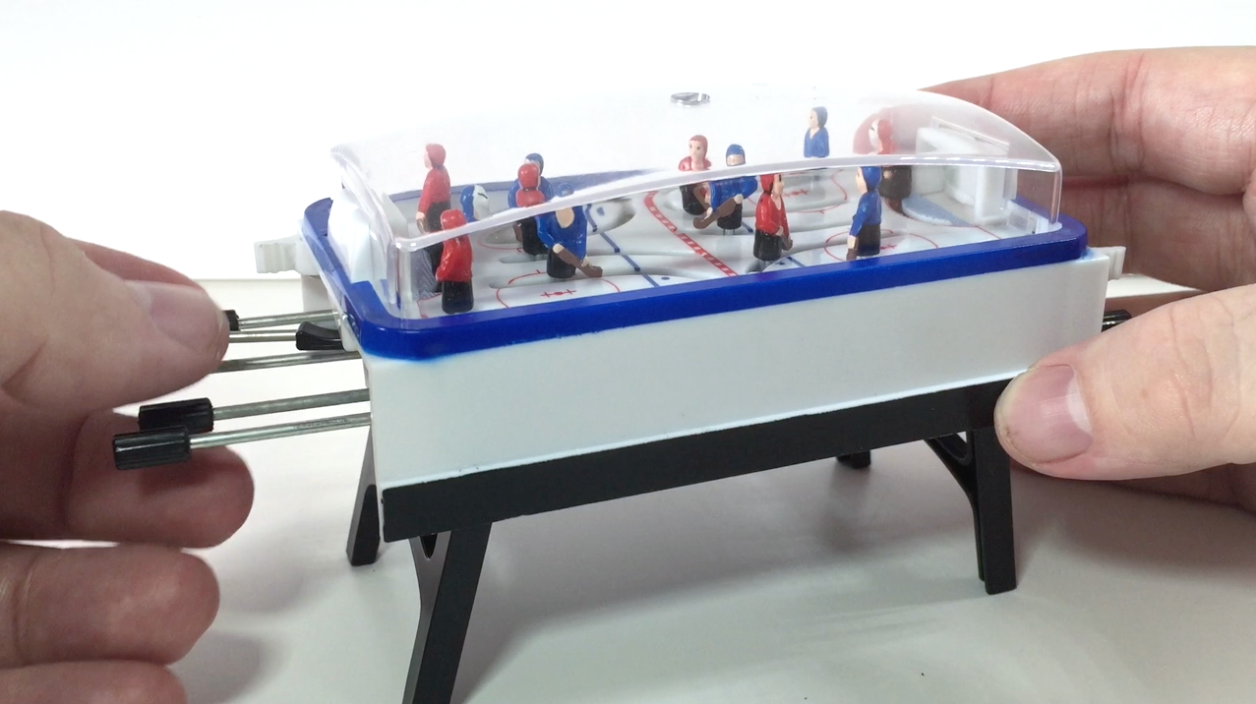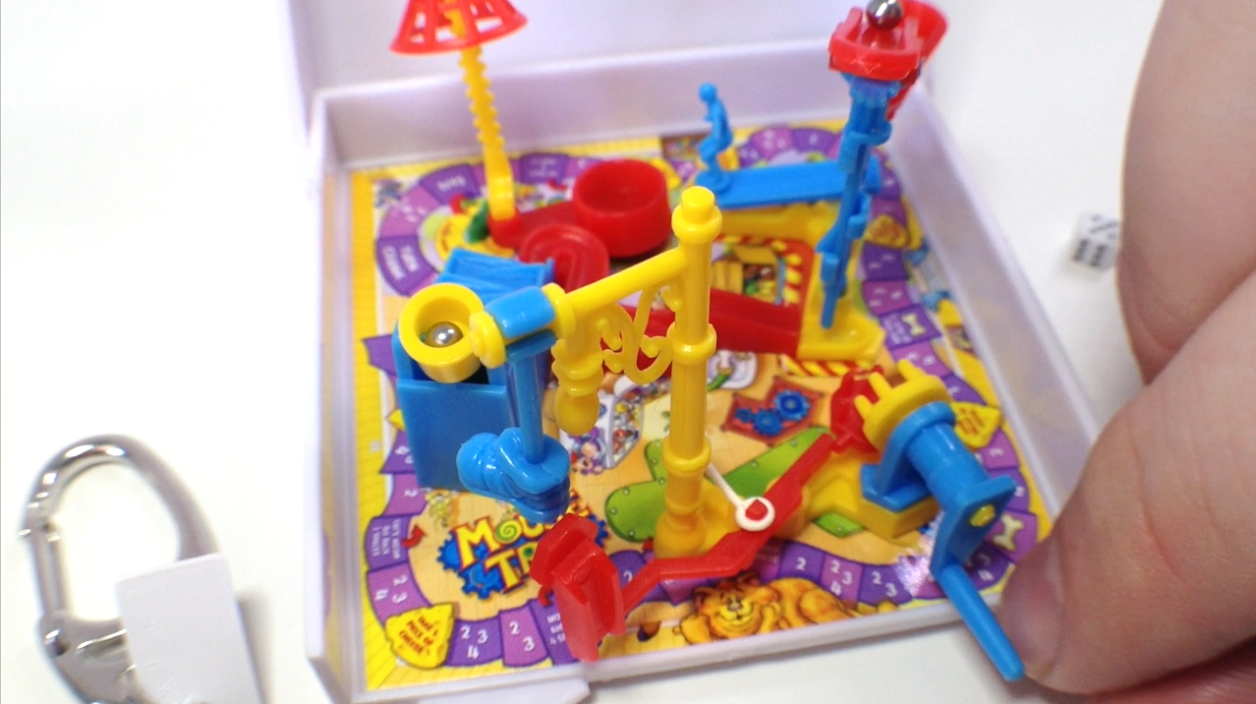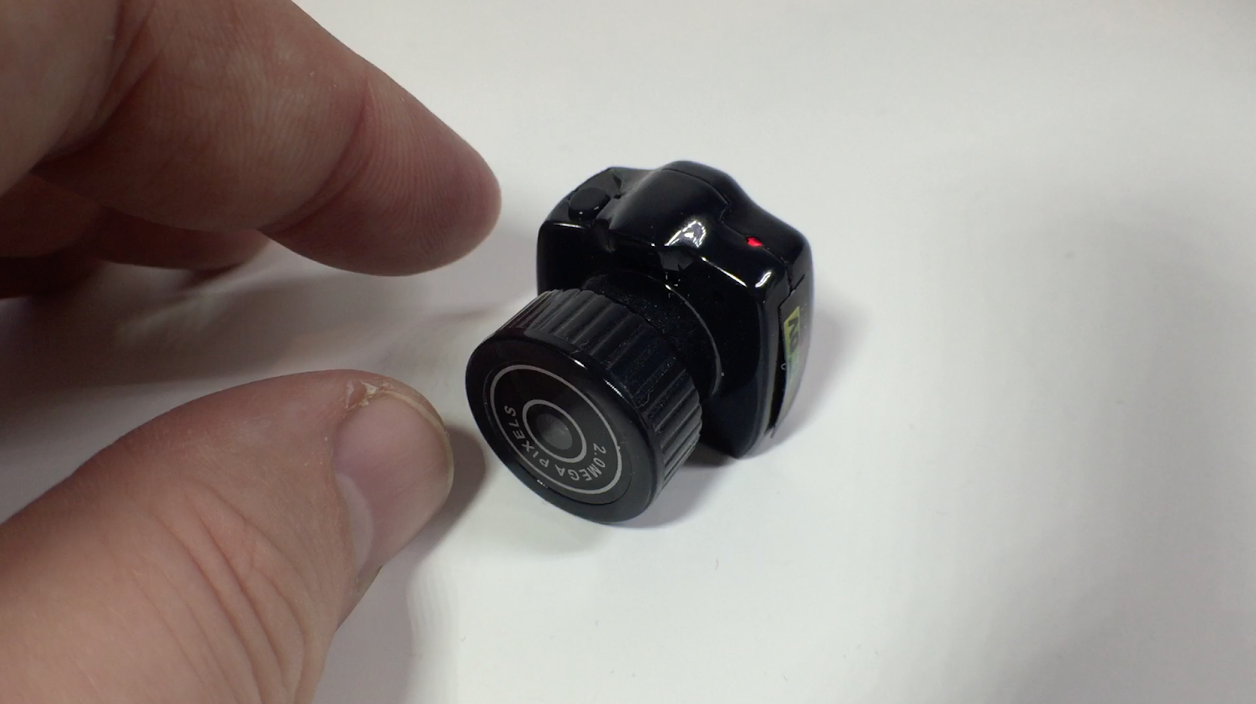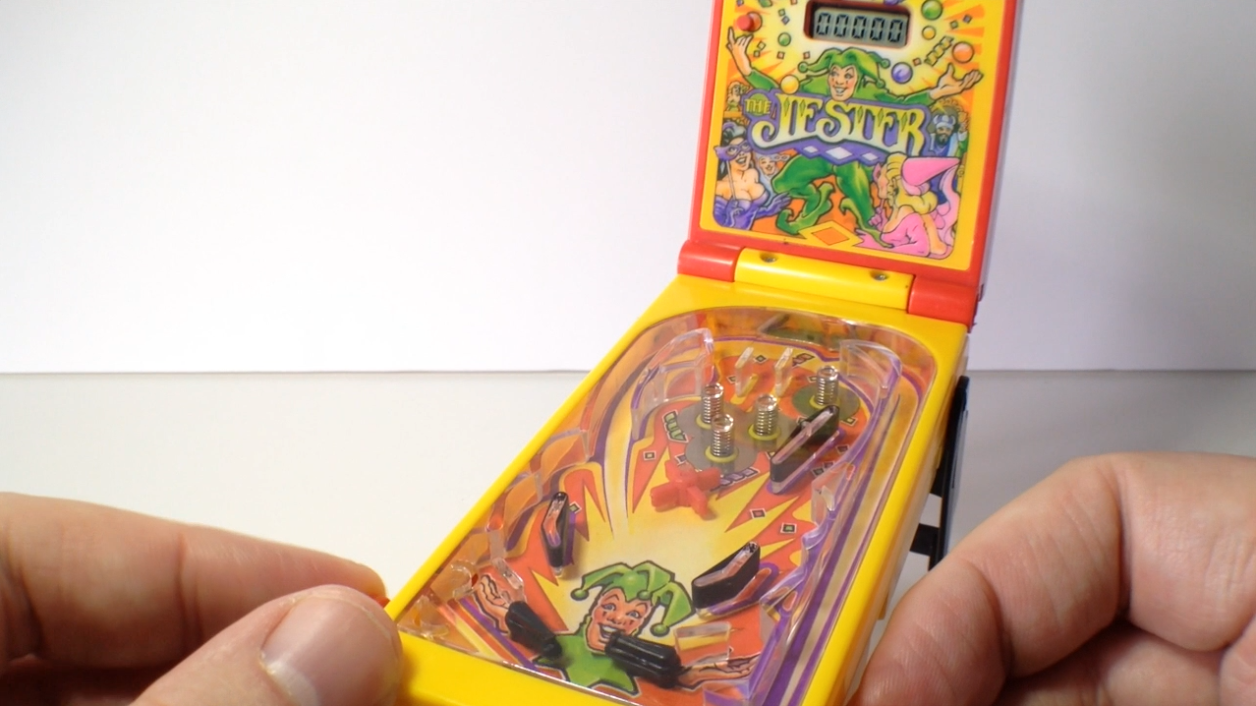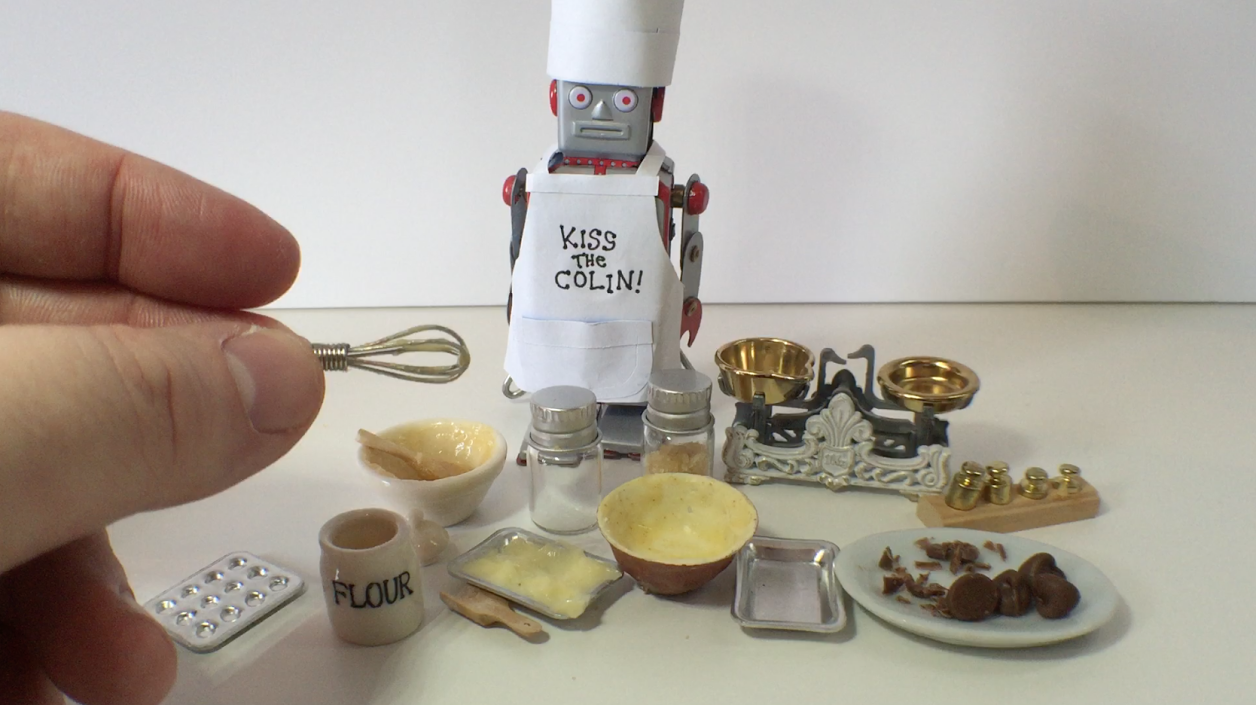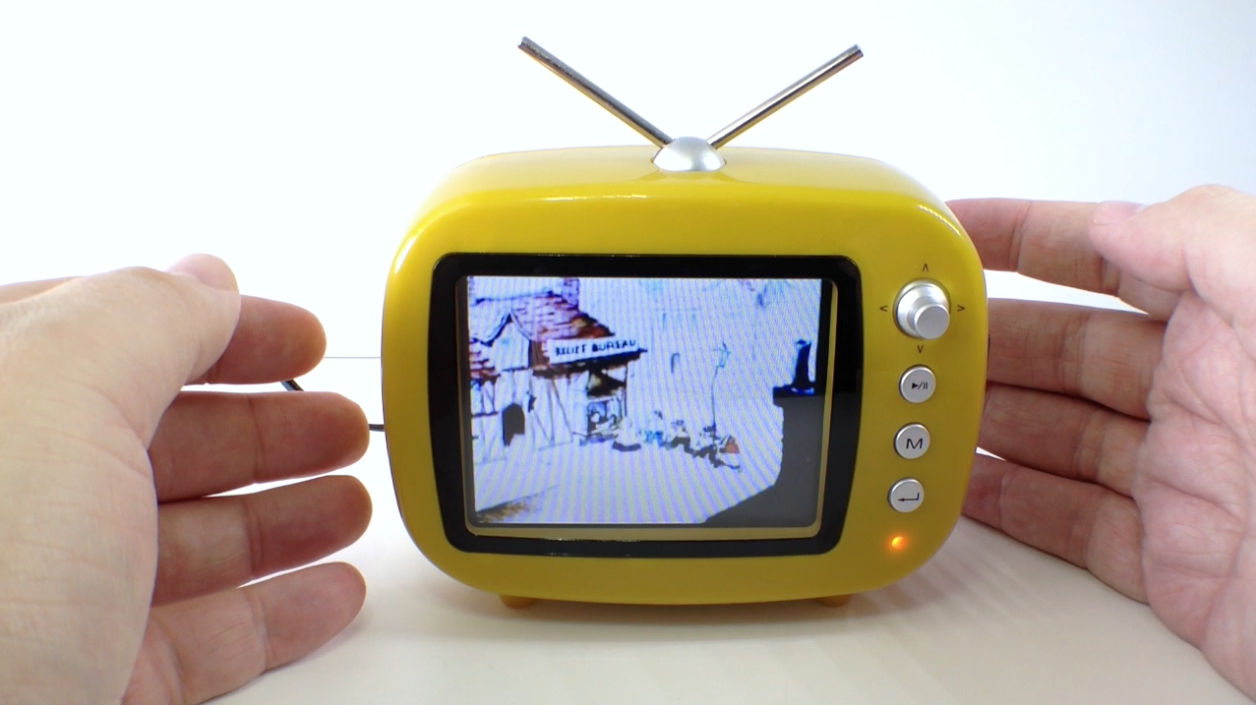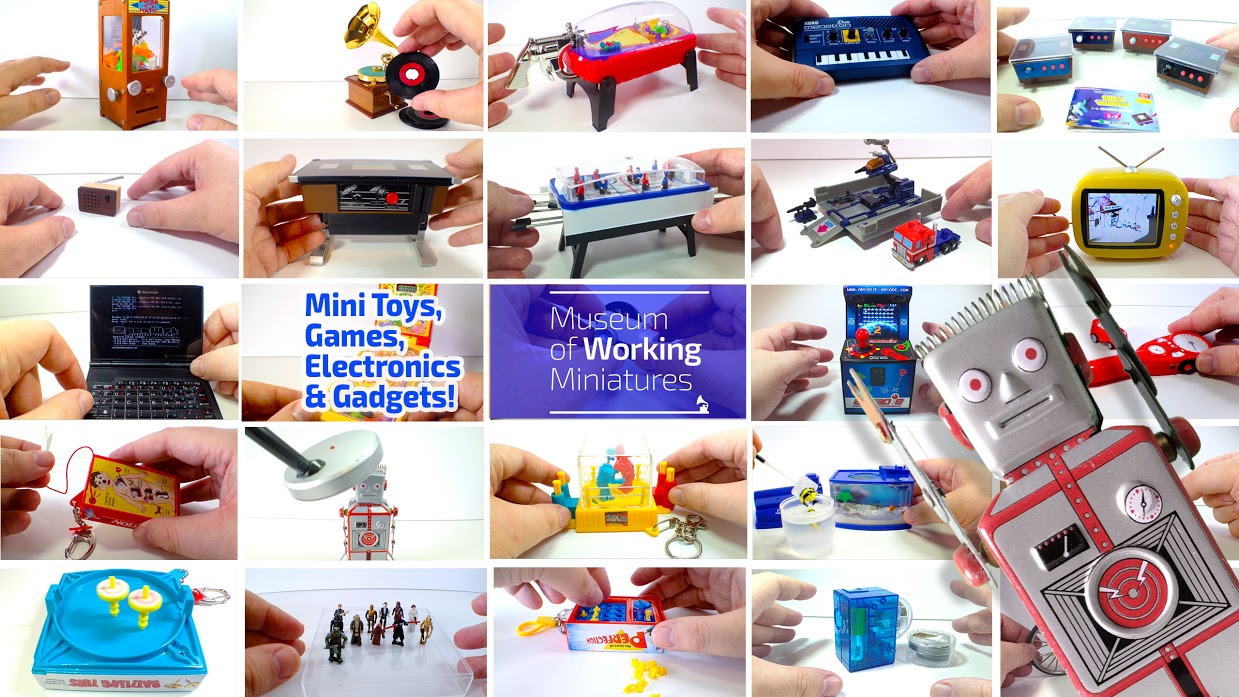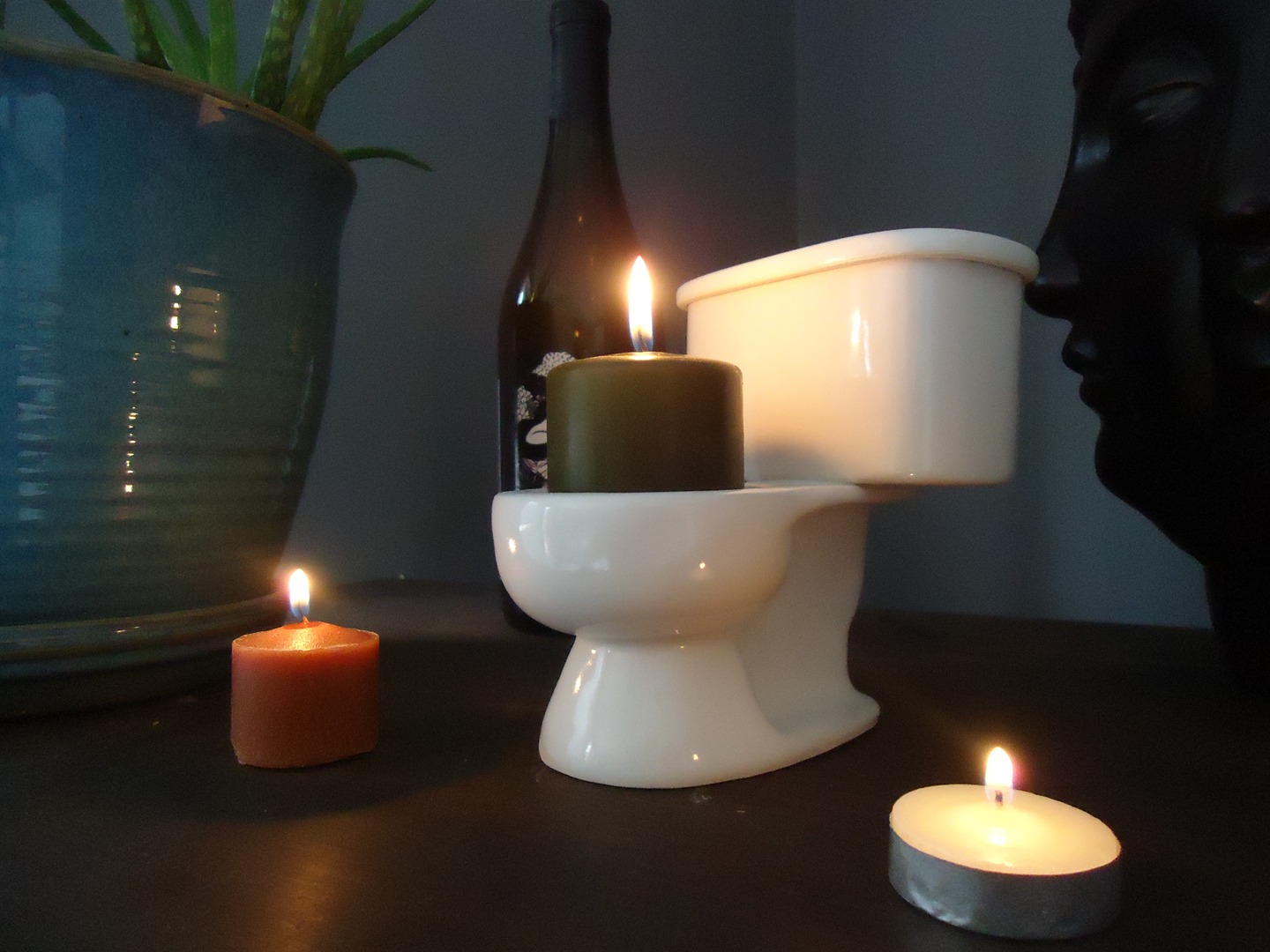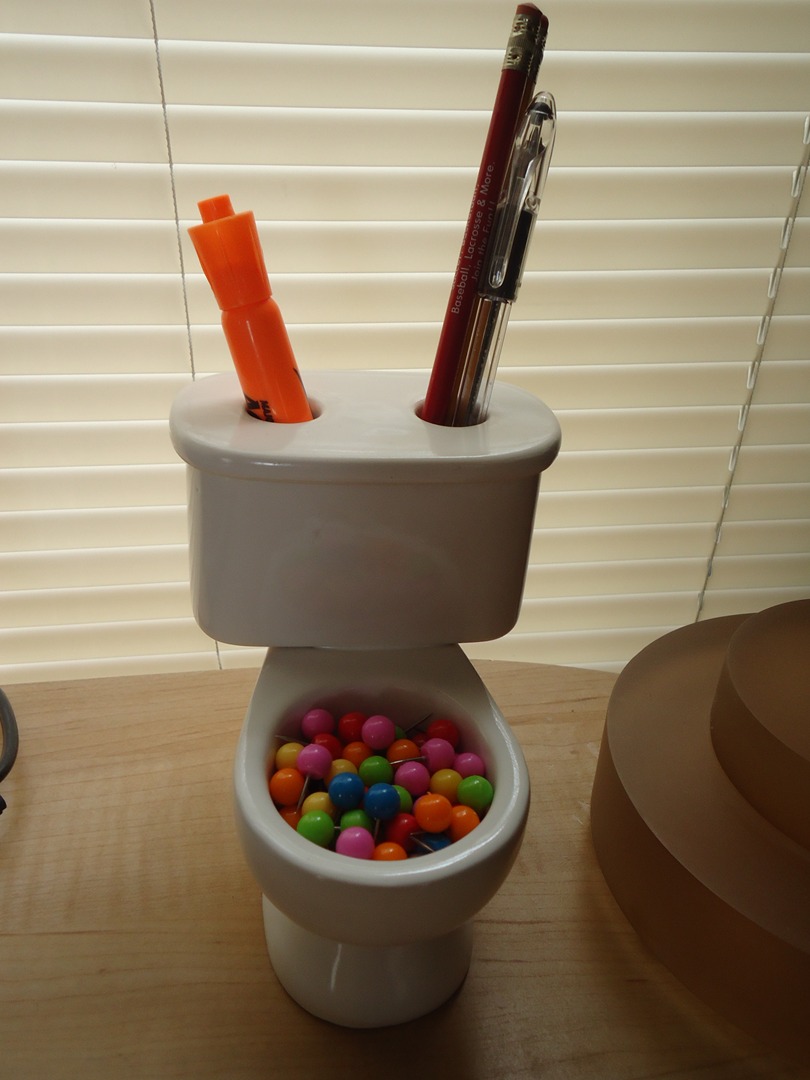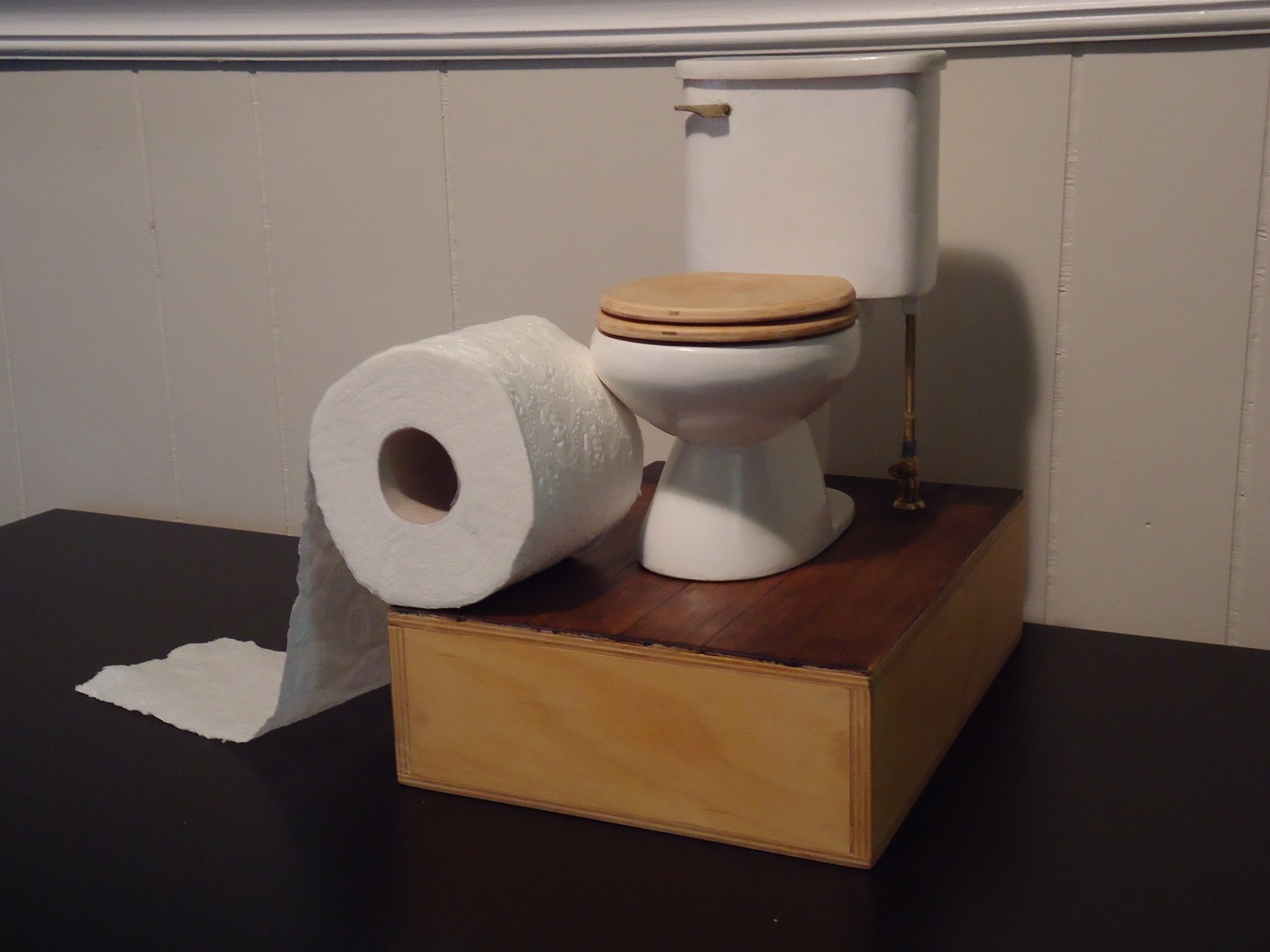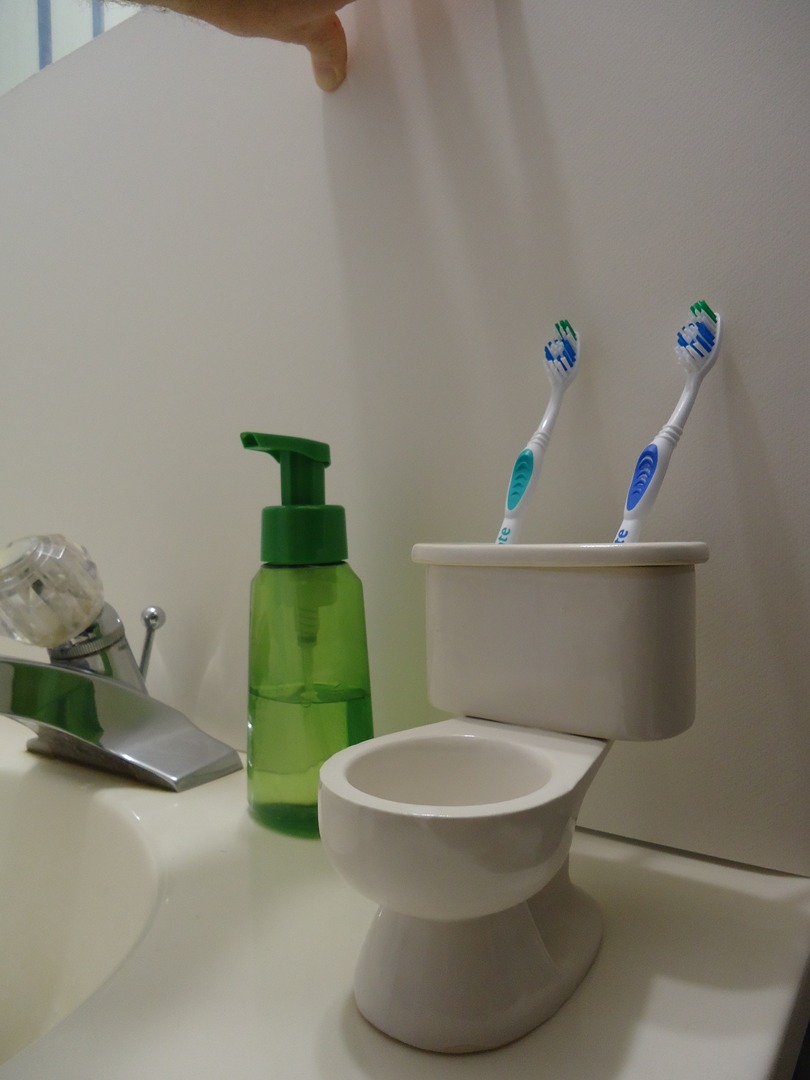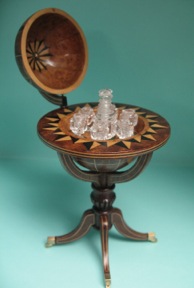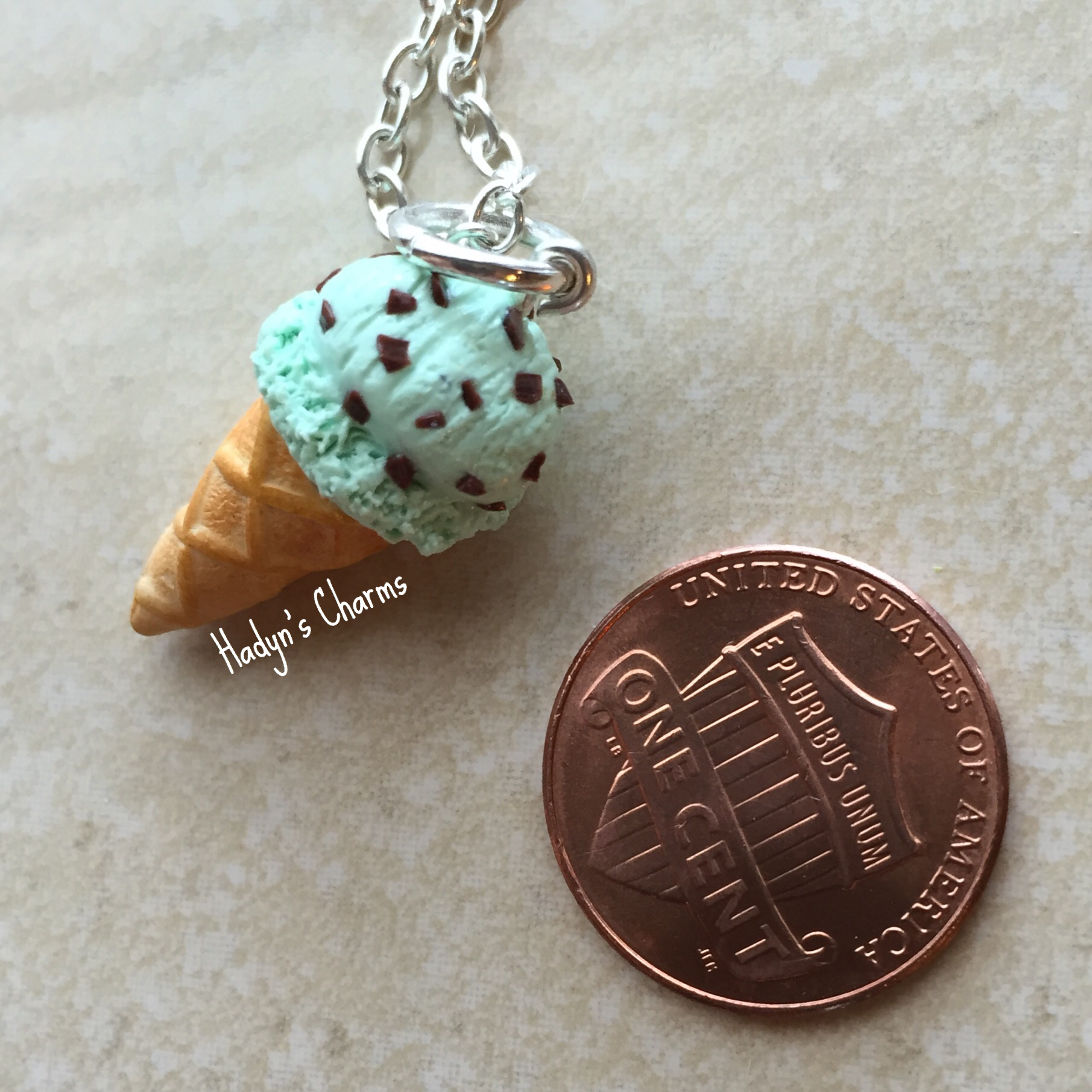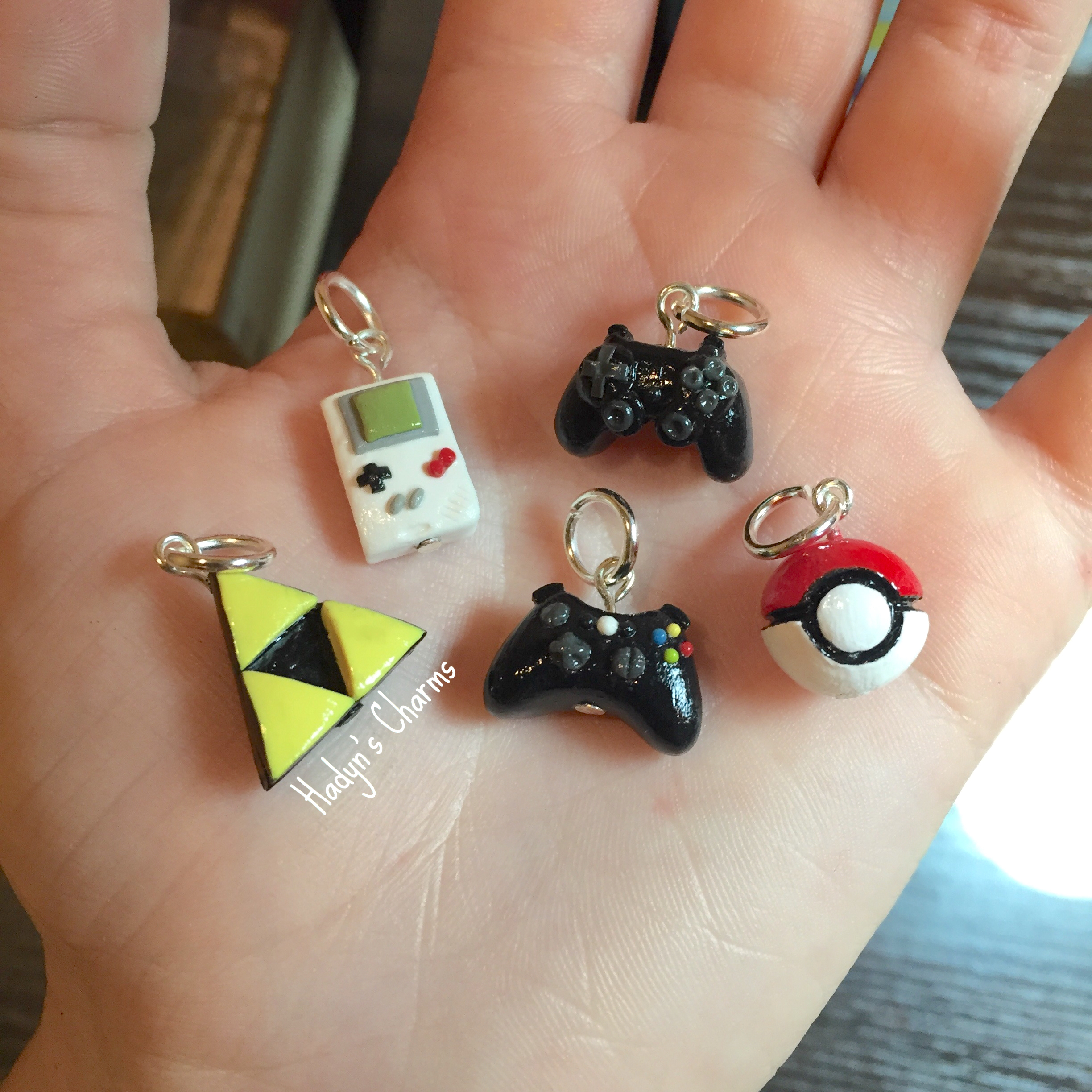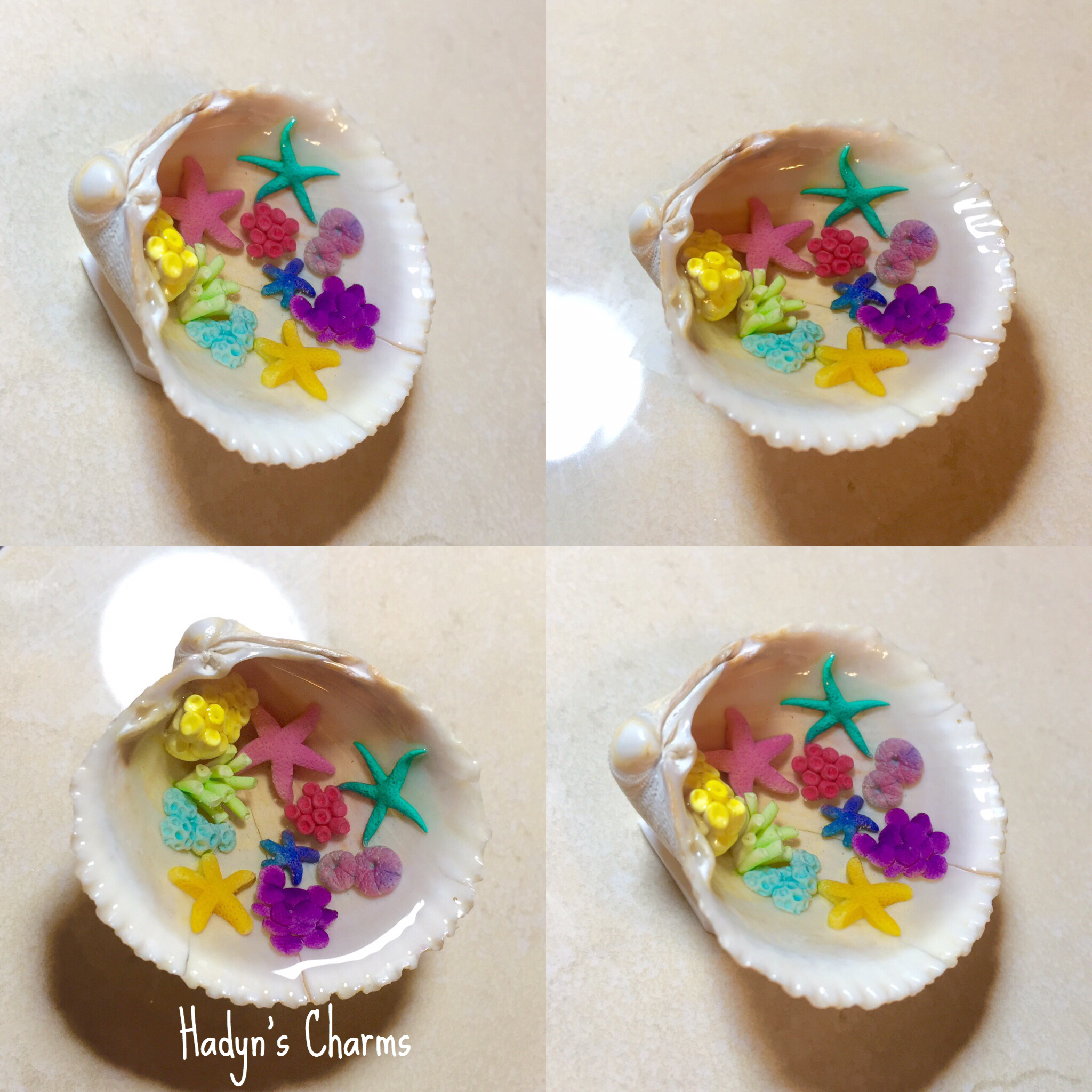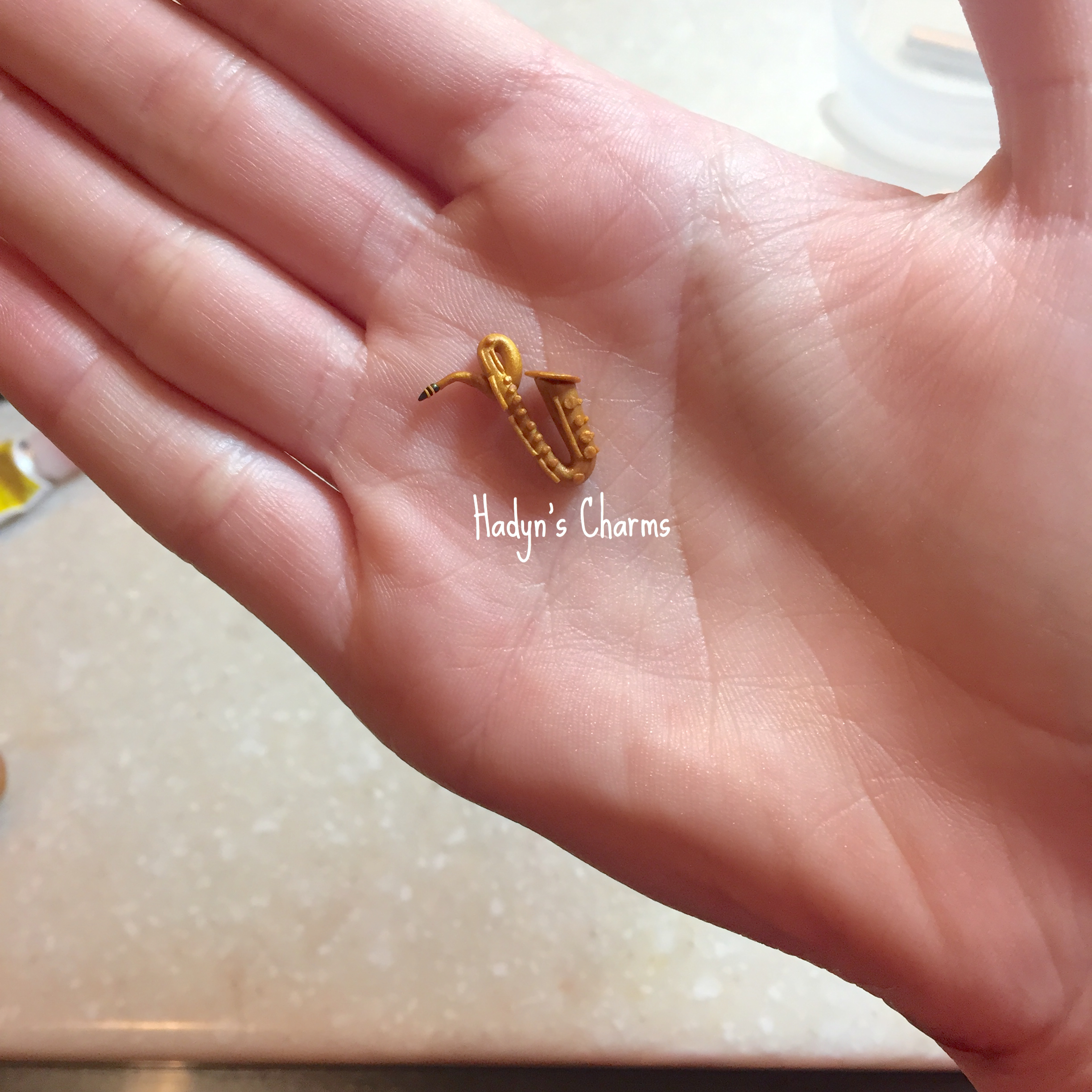S P Miniatures by Carol and Ken Singer
| Website | Facebook | Twitter |
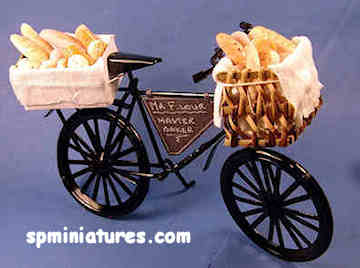 What’s your earliest memory with miniatures?
What’s your earliest memory with miniatures?
When my daughter was little, I took her to FAO Schwarz® and they had a lighted dollhouse on display. I fell in love with it and I made a vow that one day I would have a dollhouse with lights.
How did S P Miniatures come to be in 1995? Were you both avid collectors of miniatures?
I was a collector when the shop near me went out of business. The owner asked me if I wanted to buy her inventory and go into business and although I had a “real” job at the time I thought I would try it. Ken figured it could be fun. At the time, the only venues to sell at were shows, so we started selling at shows. In 1999, the Web became a viable place to sell minis, and I set up a crude website which has evolved over time.
Have either of you created miniatures before?
We have never made miniatures. I put together a dollhouse and outbuildings and decorated them. They were featured in Miniature Collector Magazine in 1999.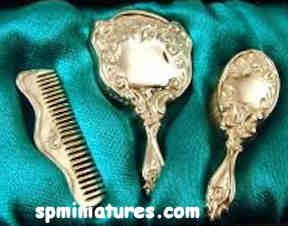
What is it about the field of miniatures that so inspires you?
The amazing talent of the artisans who do such detailed work.
What can modern day miniature enthusiasts do to preserve this industry?
As a dealer, I play an important role in not only preserving the hobby, but also ensuring its future by backing, encouraging, and inspiring artisans. I continue to stress the importance for collectors to avoid the “made in China” copies and to buy artisan pieces. That will both encourage current artisans to continue making work, and will encourage new artisans to enter the field. I believe that online selling is creating a new boom as those who didn’t have access to shops and shows can now be involved in the hobby.
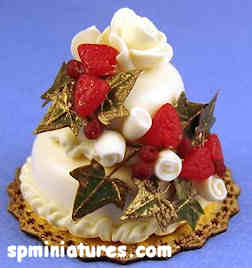 What is the selection process like when considering a new artisan to represent?
What is the selection process like when considering a new artisan to represent?
I look at what I buy from a collector’s point of view, not as a dealer. The first thing is that I have to like it and it has to be quality work. Price is important, and it would be an amount that I would be willing to pay as a collector. Of course I would also have to have a price that makes a profit although the profit doesn’t have to be a lot. Sometimes, I’ll buy things that sell for a very small profit because I believe that it will make my website fun to visit.
How many artisans do you presently represent, and from how many countries?
Approximately 200 artisans from 13 countries.
Is there a most popular selling item on your site?
Food and kitchen utensils are very popular.
 What’s your favorite miniature by another artist?
What’s your favorite miniature by another artist?
Barbara Stanton did a painting of a reclining nude that was amazing.
How has the trend of online shopping for miniatures changed from 1999 to today?
There hasn’t been much change in what people want. Some of the things that were good sellers when I first went online are still popular. I have gotten into “modern” miniatures (1950s and beyond) and those have been well received. There seems to be less interest in Victorian and more interest in rustic or country themes.
How has your work with miniatures evolved over the years?
When I first got into minis as a collector, I bought anything that was “cute” regardless of the quality. After going to shows and seeing the work of artisans my tastes changed dramatically.
Favorite material, tool or technique you cannot live without?
Needle nose pliers and a dremel.
How did you first become involved with the Guild Show presented by the International Guild of Miniature Artisans?
I subscribe to Miniature Collector Magazine and I saw their advertisement.
What other annual miniature events would you recommend that miniature enthusiasts attend?
The Chicago International Trade Show by Tom Bishop should be on every miniaturist’s bucket list.
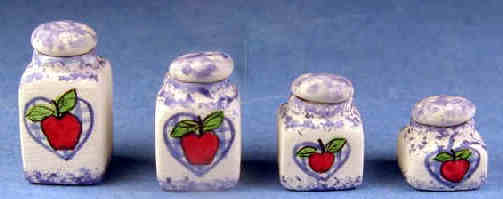 Advice for beginner entrepreneurs, miniaturists, artists, or collectors?
Advice for beginner entrepreneurs, miniaturists, artists, or collectors?
For collectors – buy what you like. It’s your dollhouse and don’t worry what others think.
For entrepreneurs, find a niche. The market right now is saturated with mini websites and auctions.
For artisans – work with experienced dealers who know the market, offer advice as to what may or may not sell, and give artisans exposure.
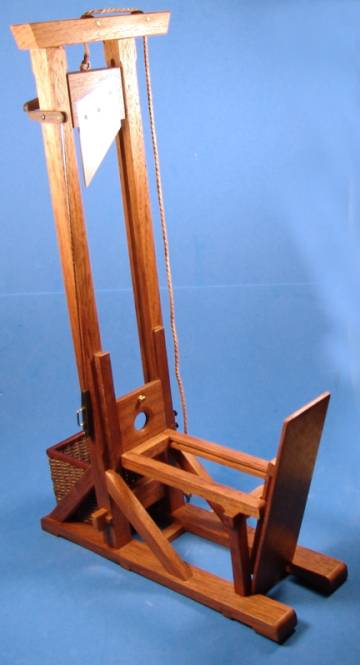 What is the most memorable miniature you have ever seen?
What is the most memorable miniature you have ever seen?
Is there anything you haven’t seen in miniature that you would really like to?
Light switches for each room. I think they were made at one time (and may still be available) but they didn’t work very well. They were a bit flimsy.
Why miniatures? What appeals to you most about what you do?
I see something in full size and it doesn’t do anything for me. I see it in miniature and I’m in love.
What’s to come from S P Miniatures?
I recently attended the wholesale show run by Aztec Imports in Ohio, will be attending the Molly Cromwell show in Virginia in September and the Philadelphia Miniaturia in November. I continually look for new artisans and unique miniatures.
What do you want miniature fans to know about you?
I work very hard to find unique and well-made miniatures at prices that are not outrageous. I don’t think that people are aware of how time consuming selling online is.
Carol and Ken Singer hail from Hightstown, NJ and they are the team behind S P Miniatures. S P Miniatures has been in business since 1995 and online since 1999. You can shop their extensive collection on the S P Miniatures website, or follow along on Facebook and Twitter.
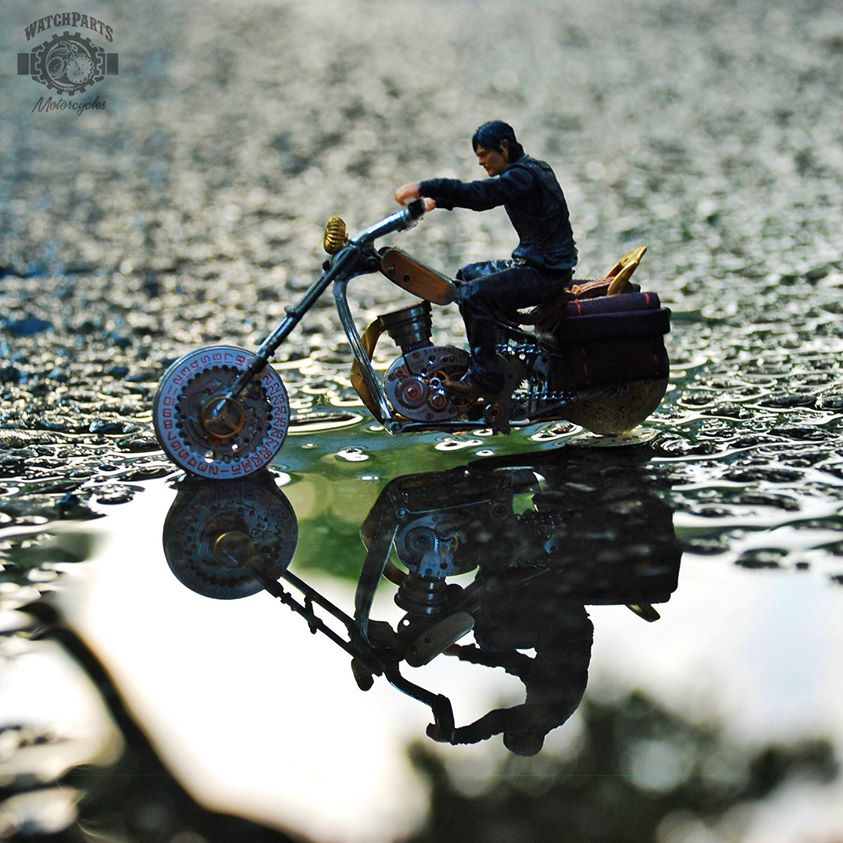
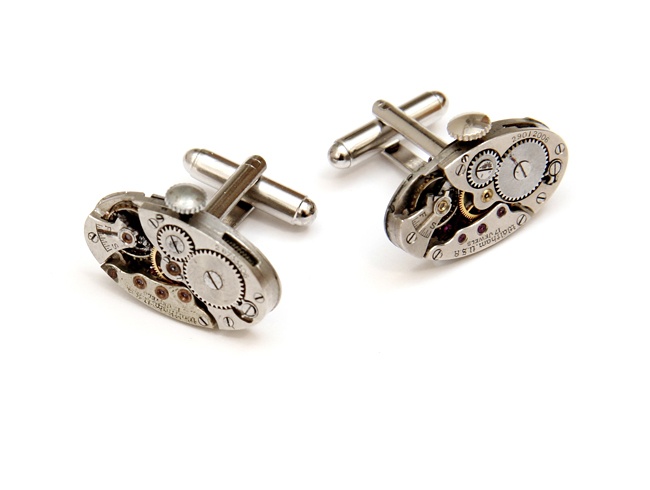
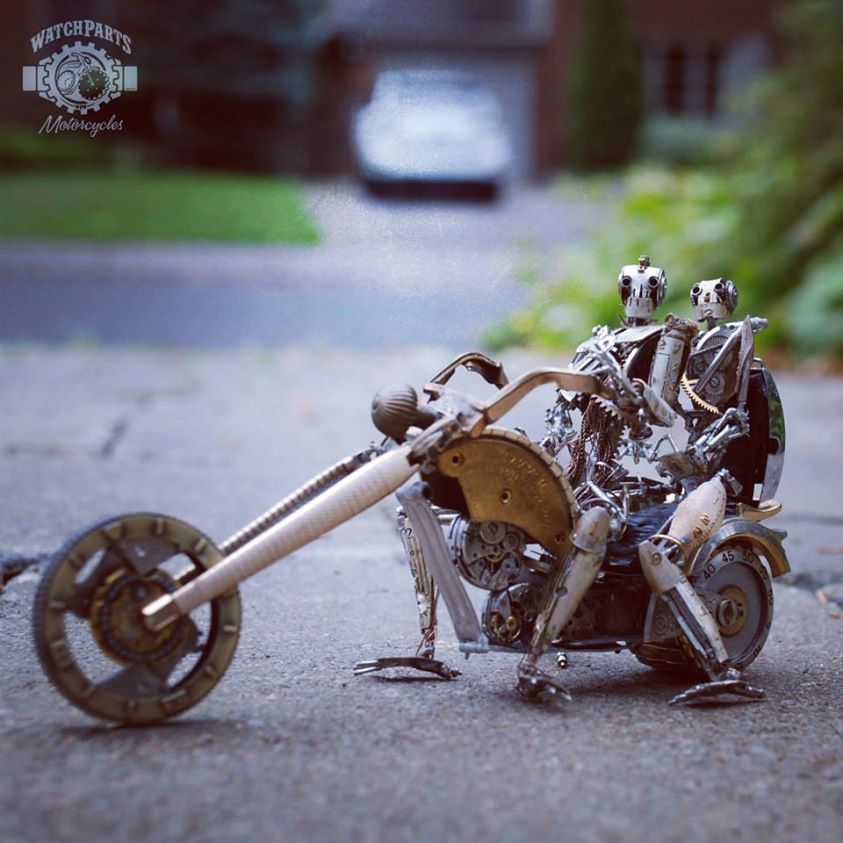
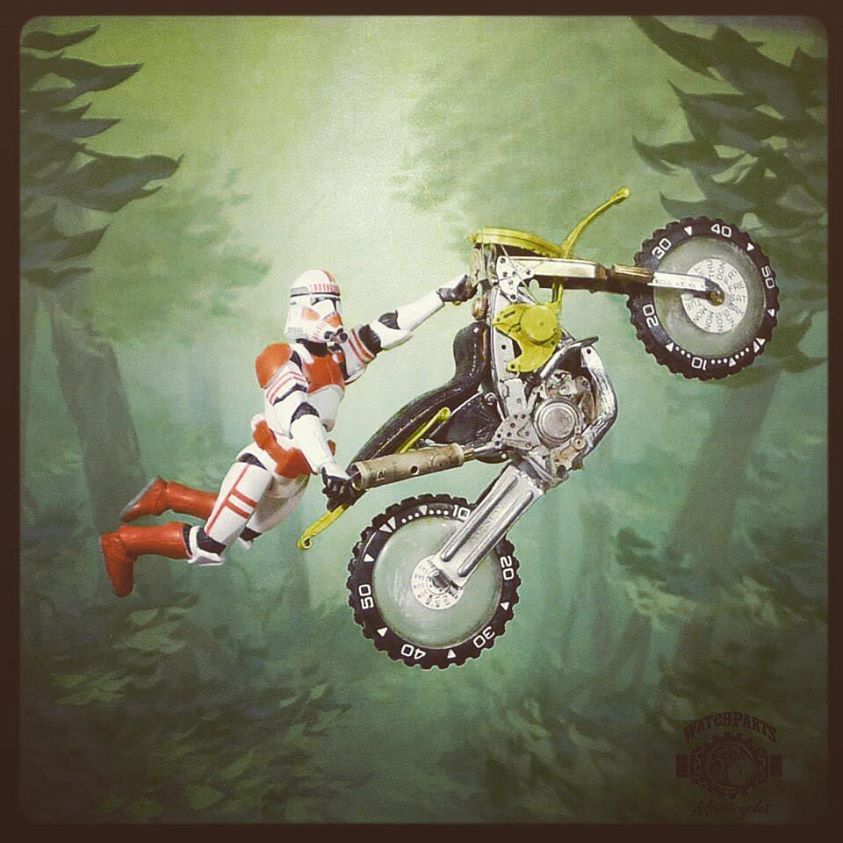
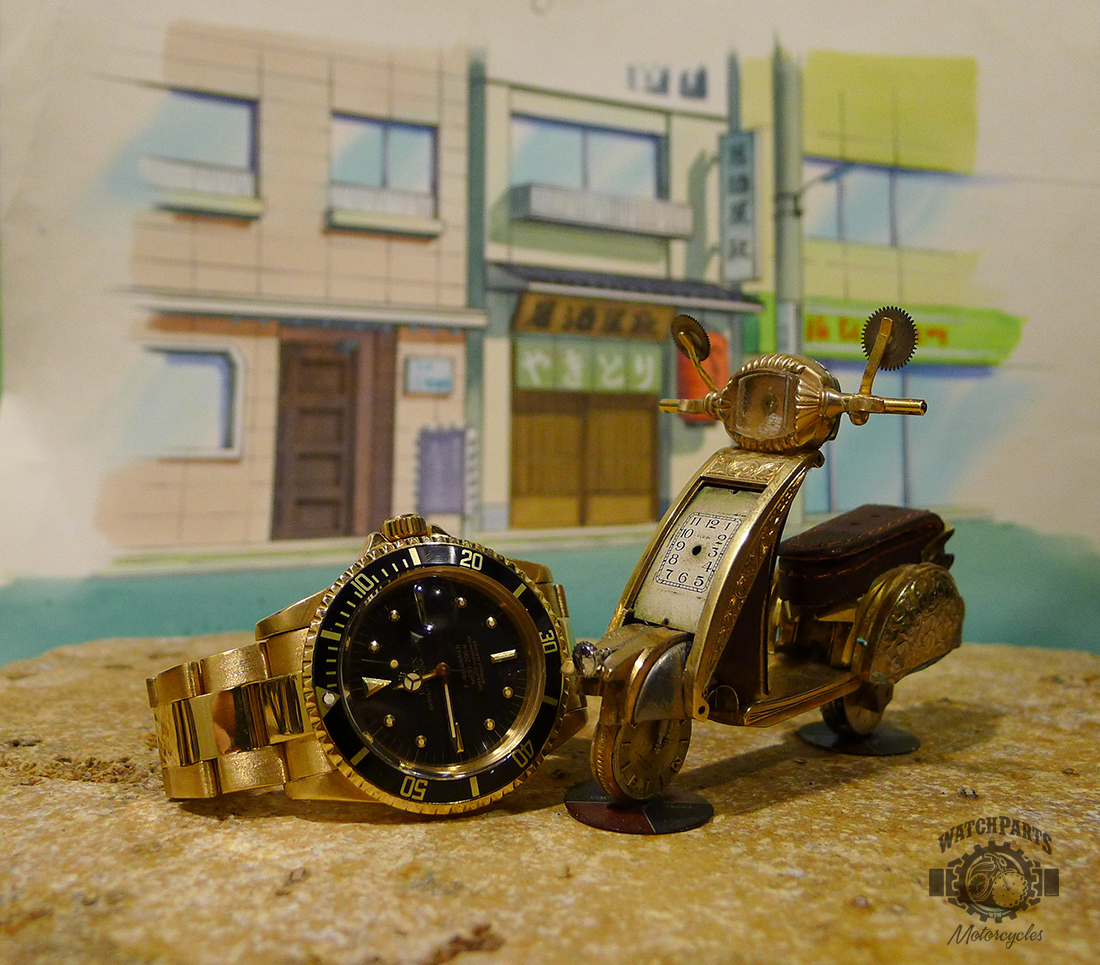
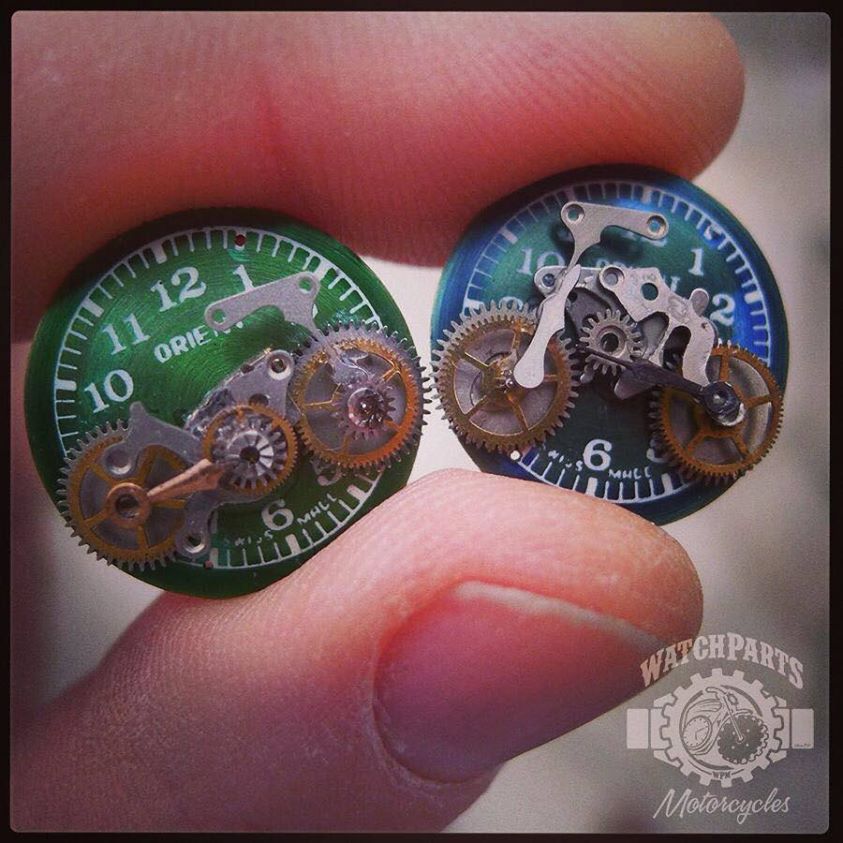
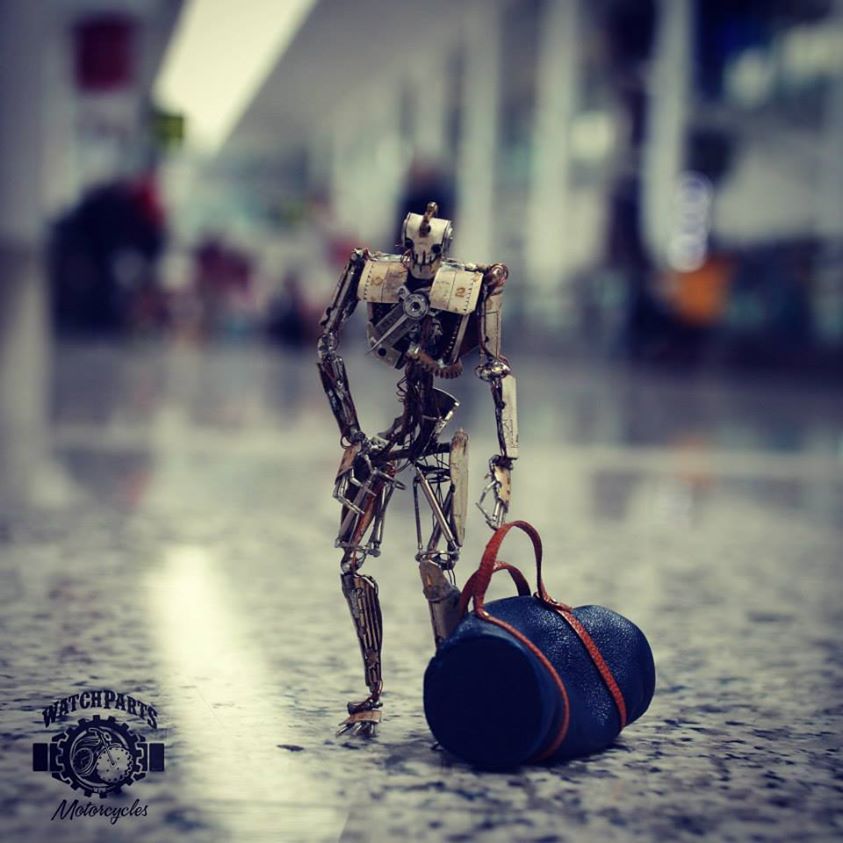
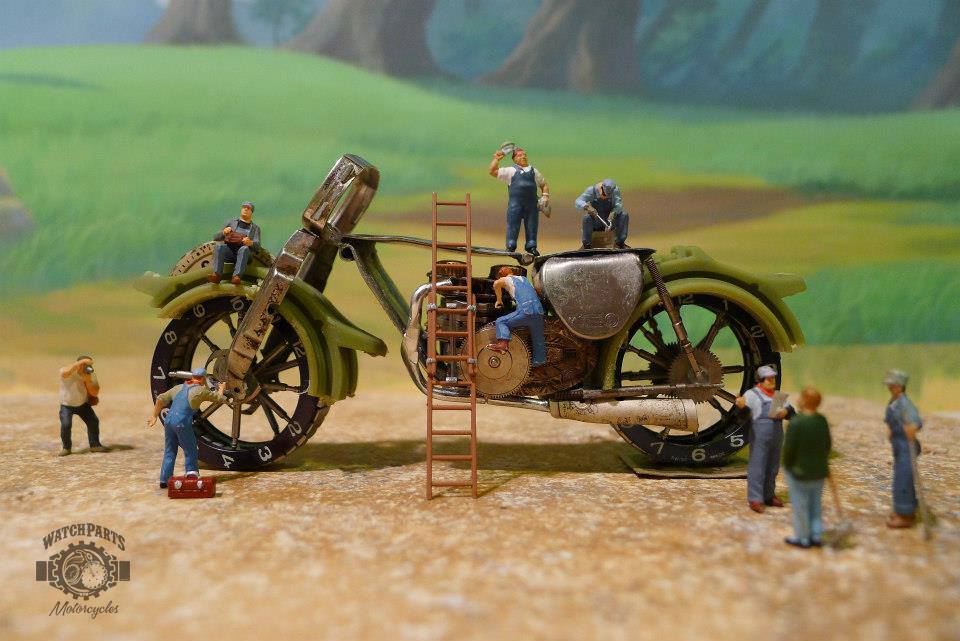
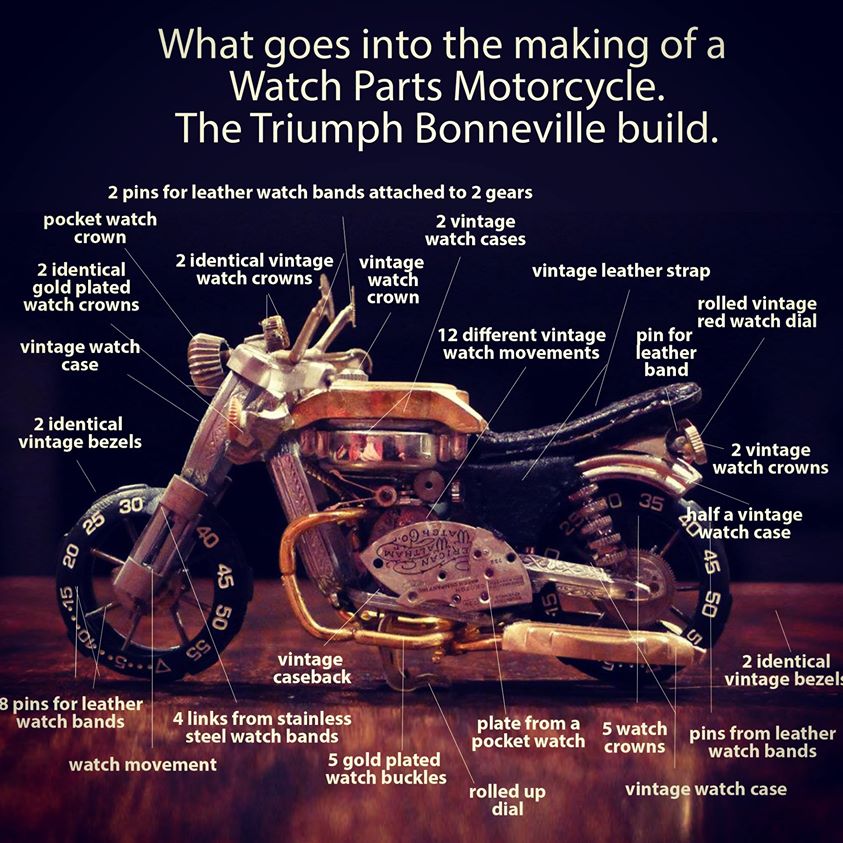
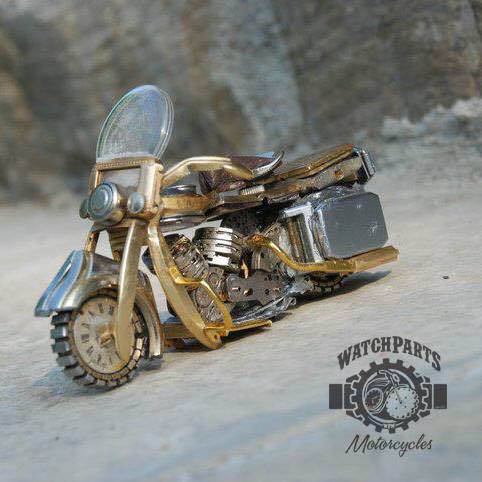
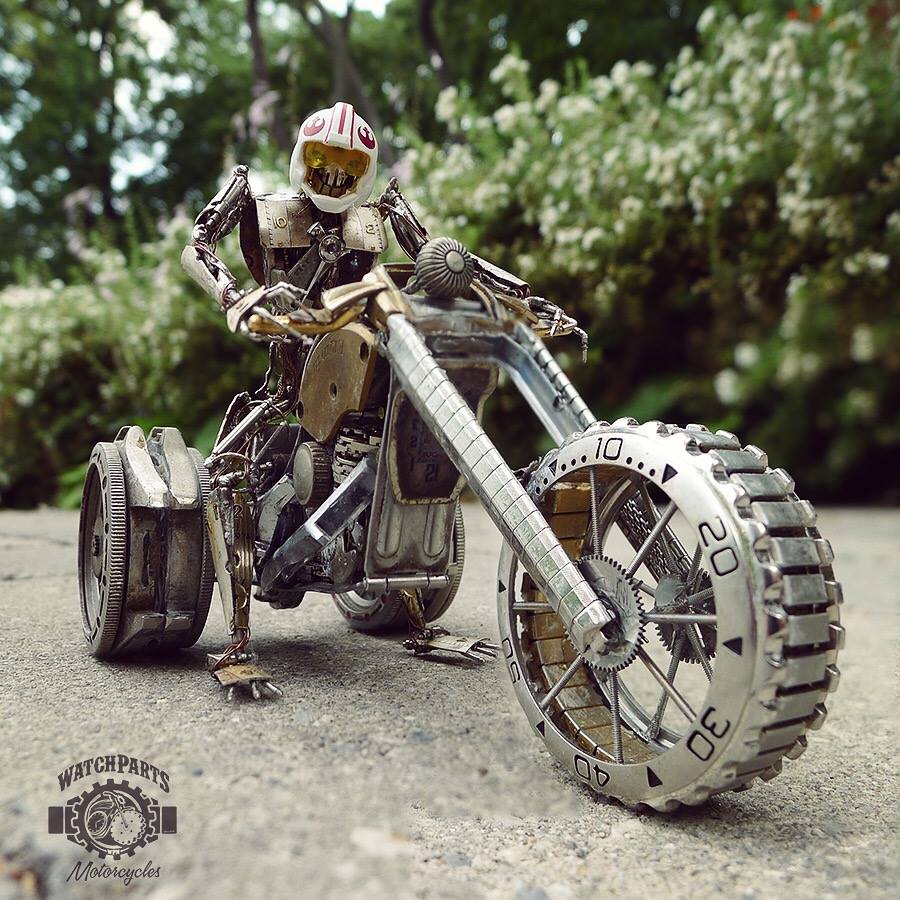
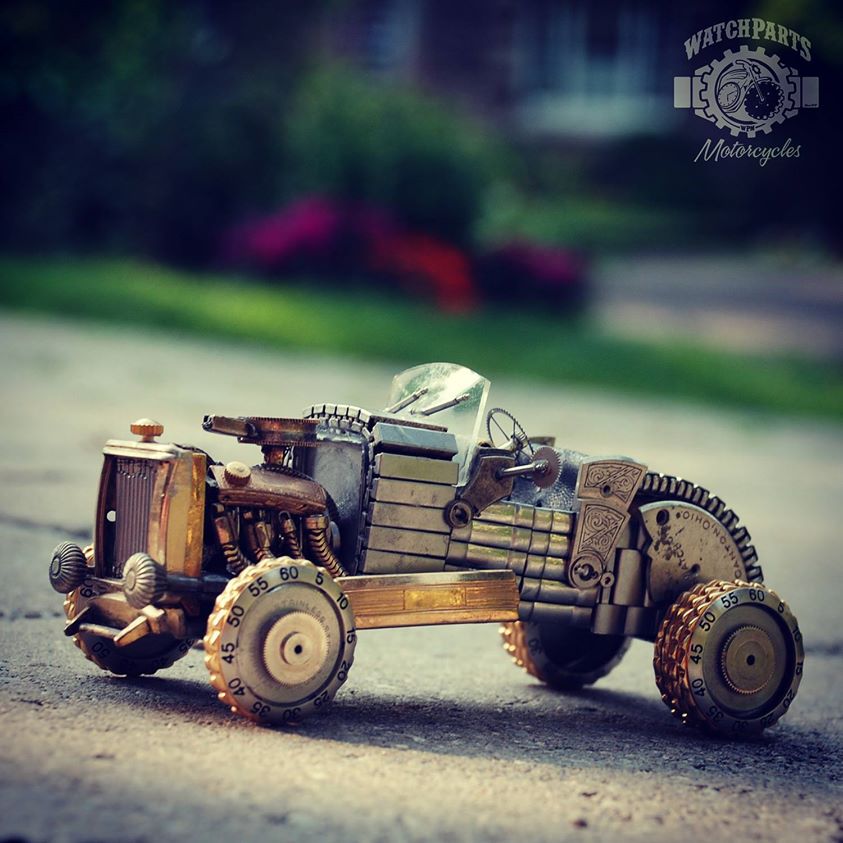
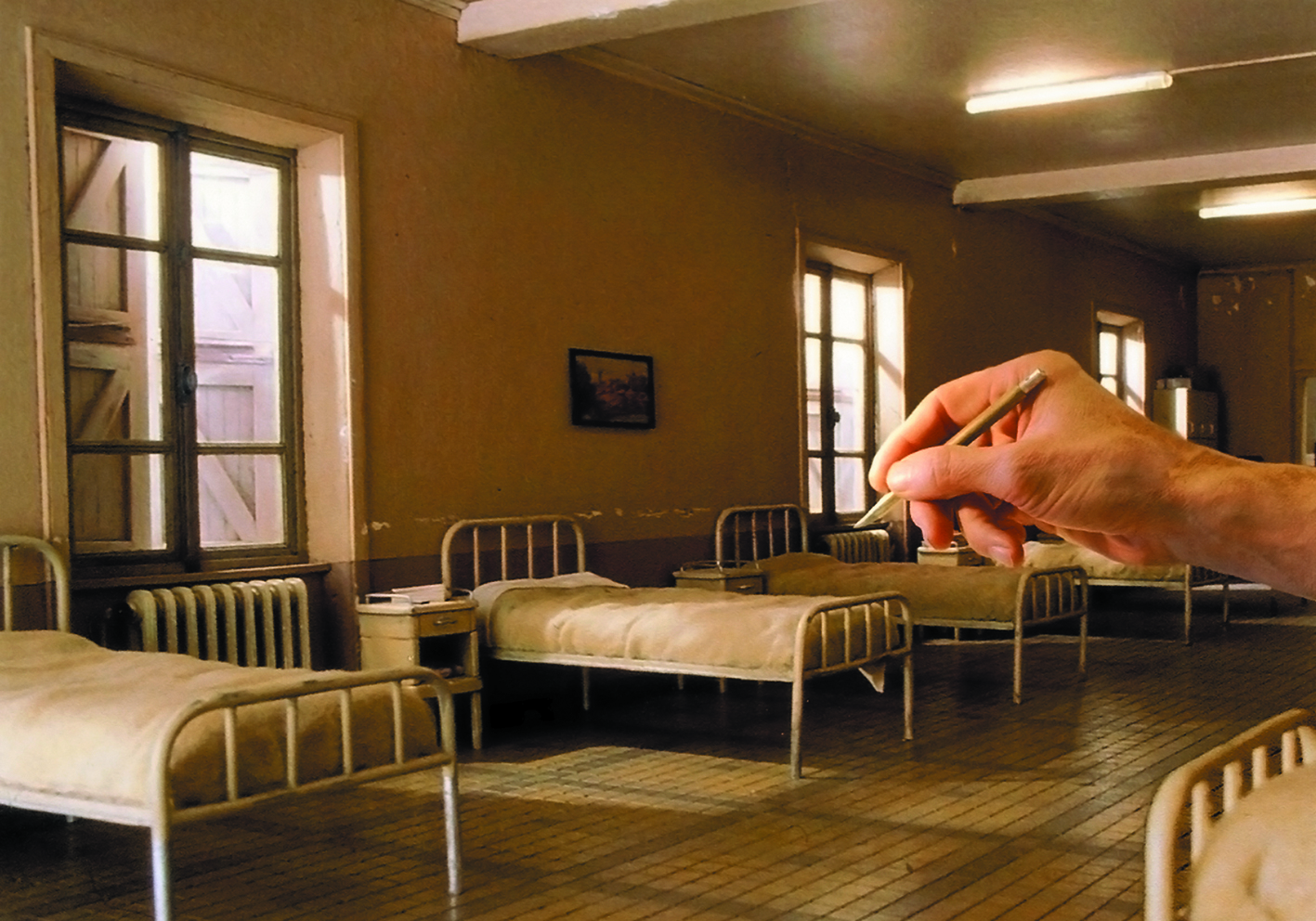
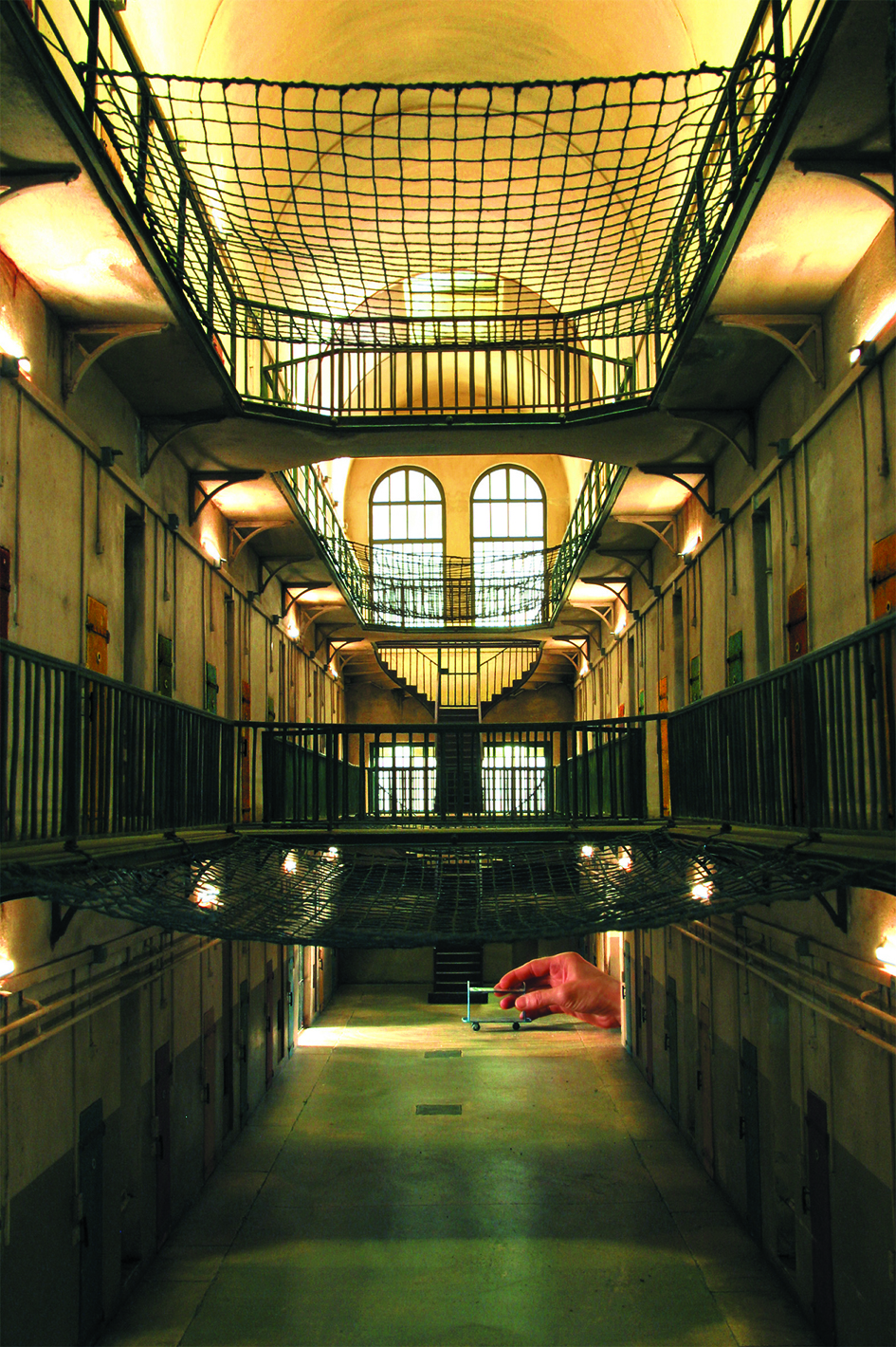
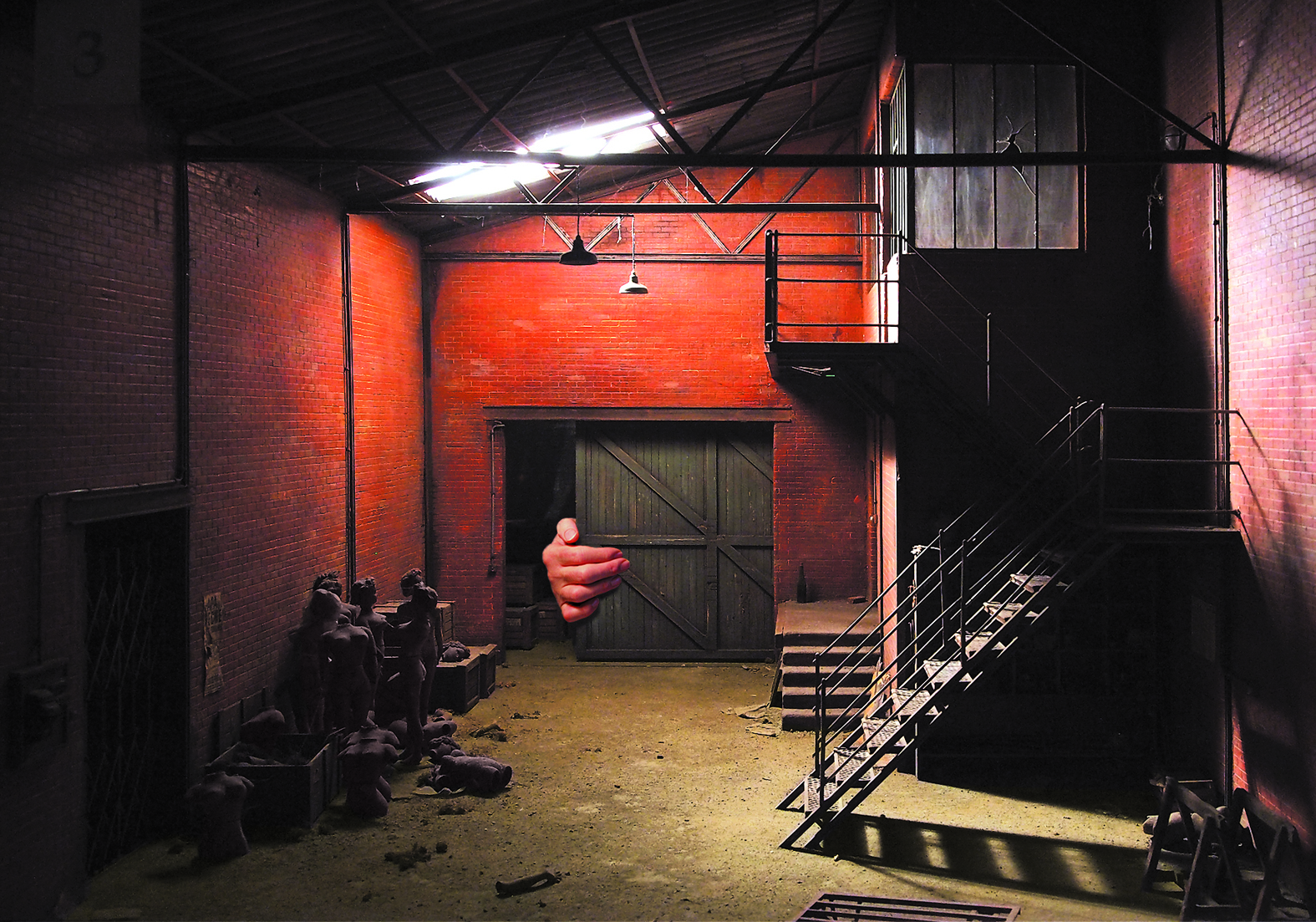

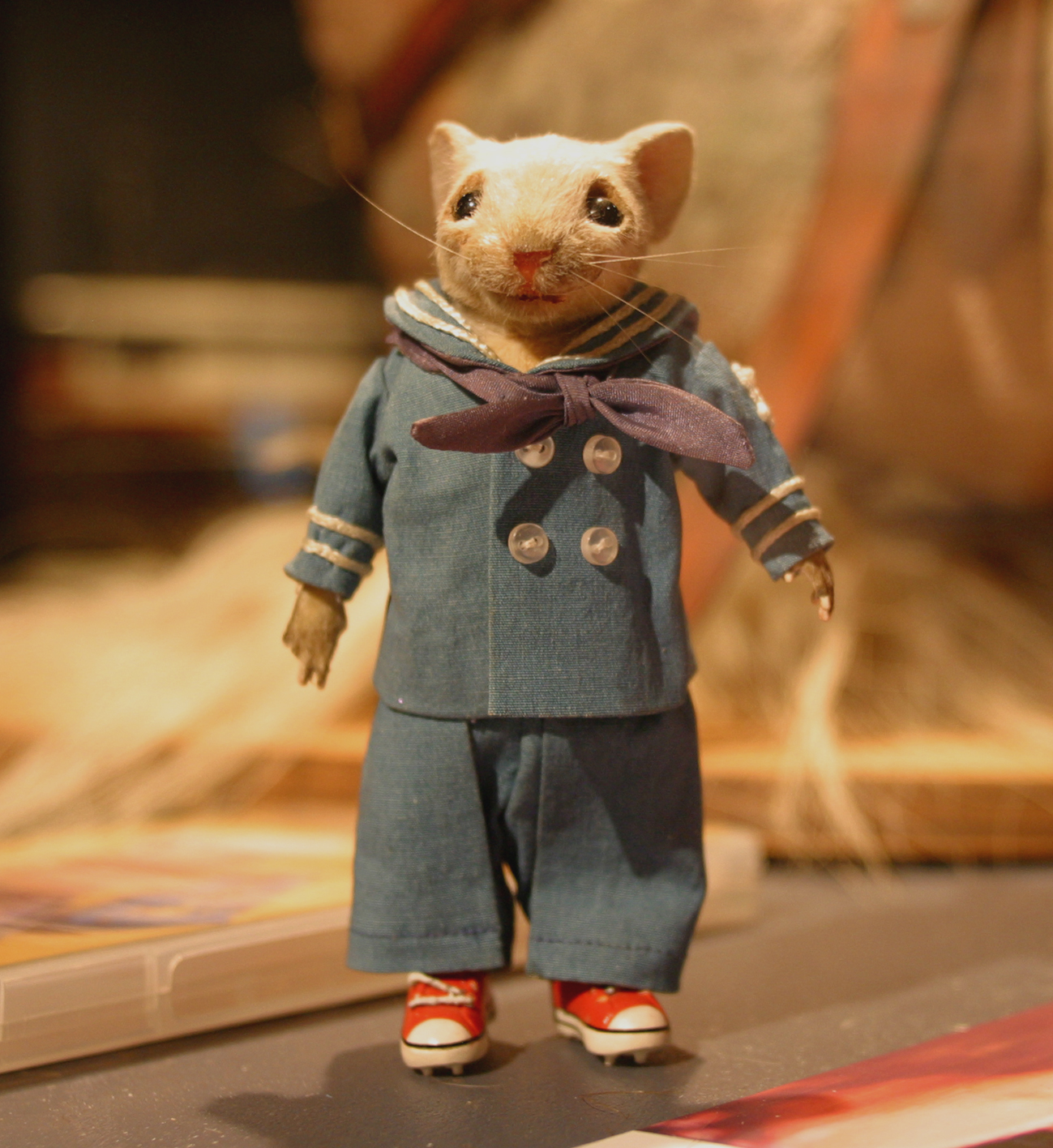
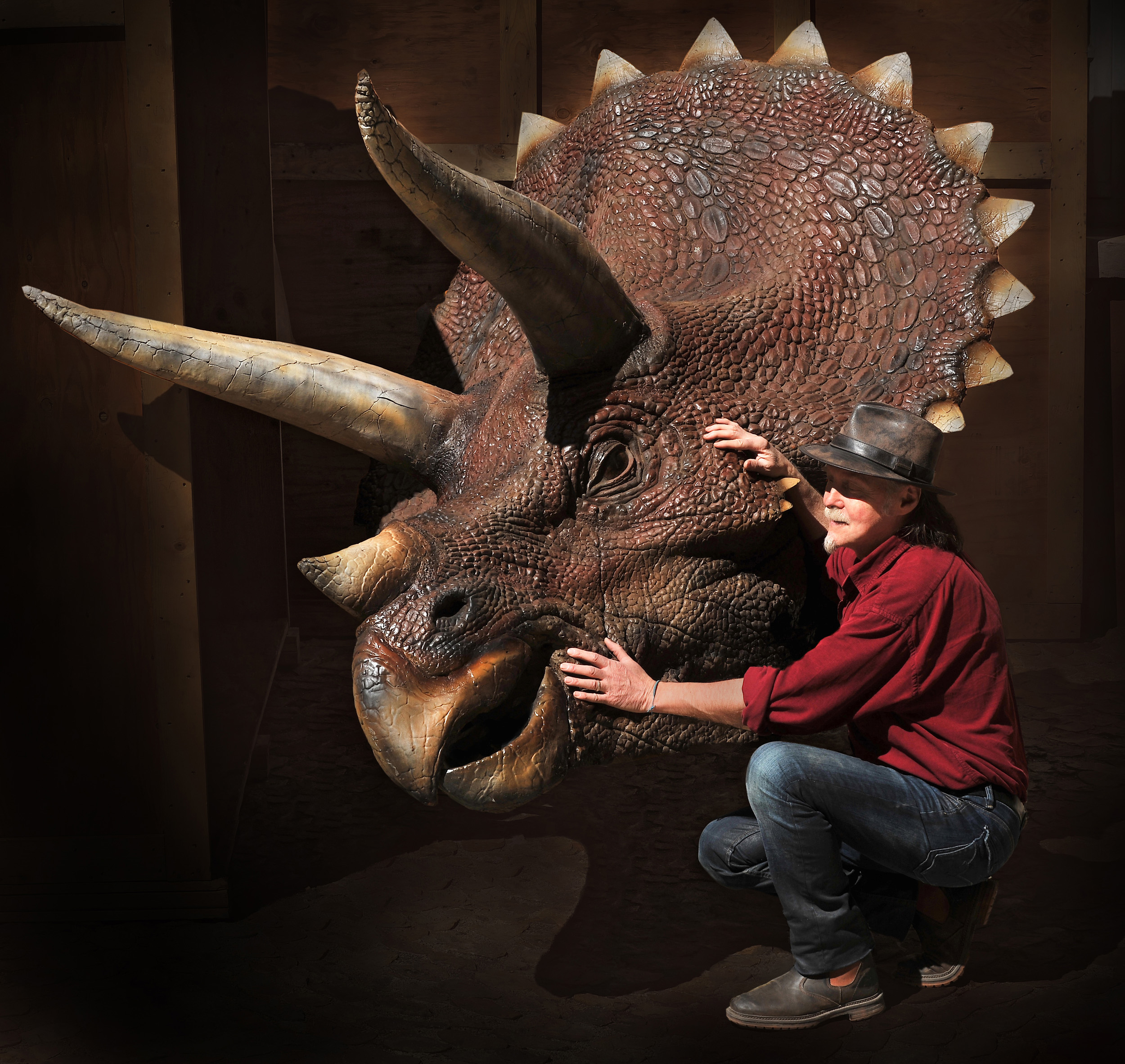
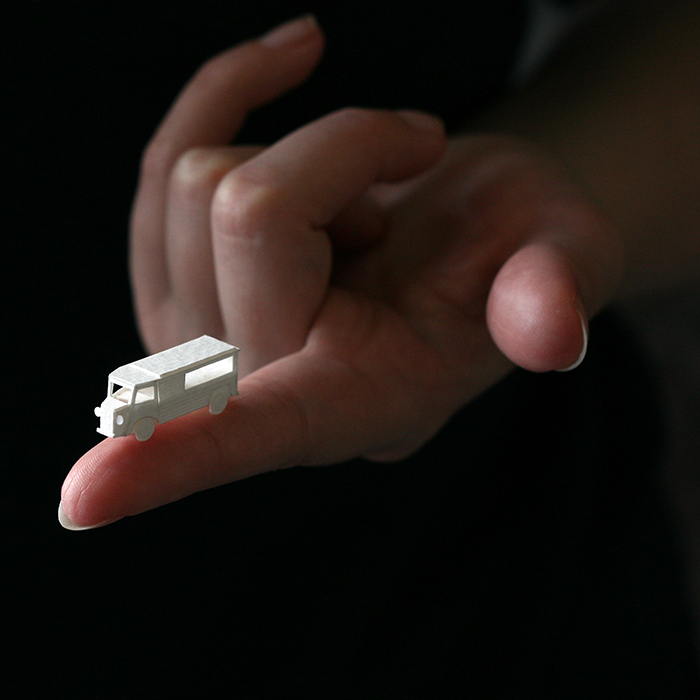
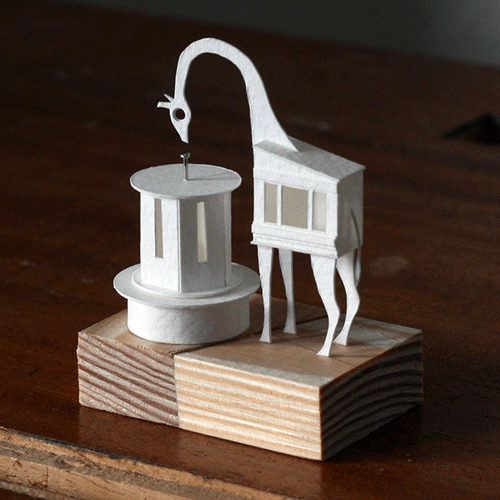
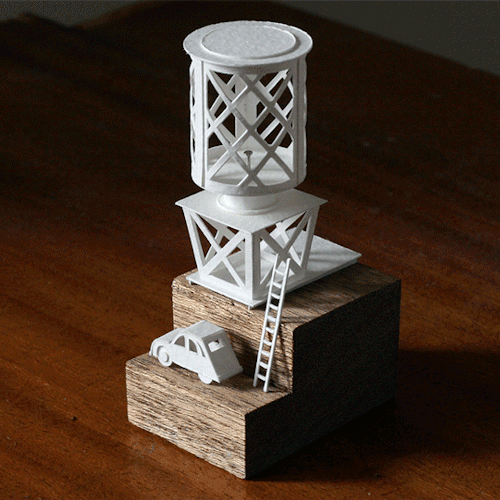 Even with just a few days to go before the one year mark, I’m still not sure about whether I’m going to carry on or not. I feel like a year of models would be a good block of work and
Even with just a few days to go before the one year mark, I’m still not sure about whether I’m going to carry on or not. I feel like a year of models would be a good block of work and 